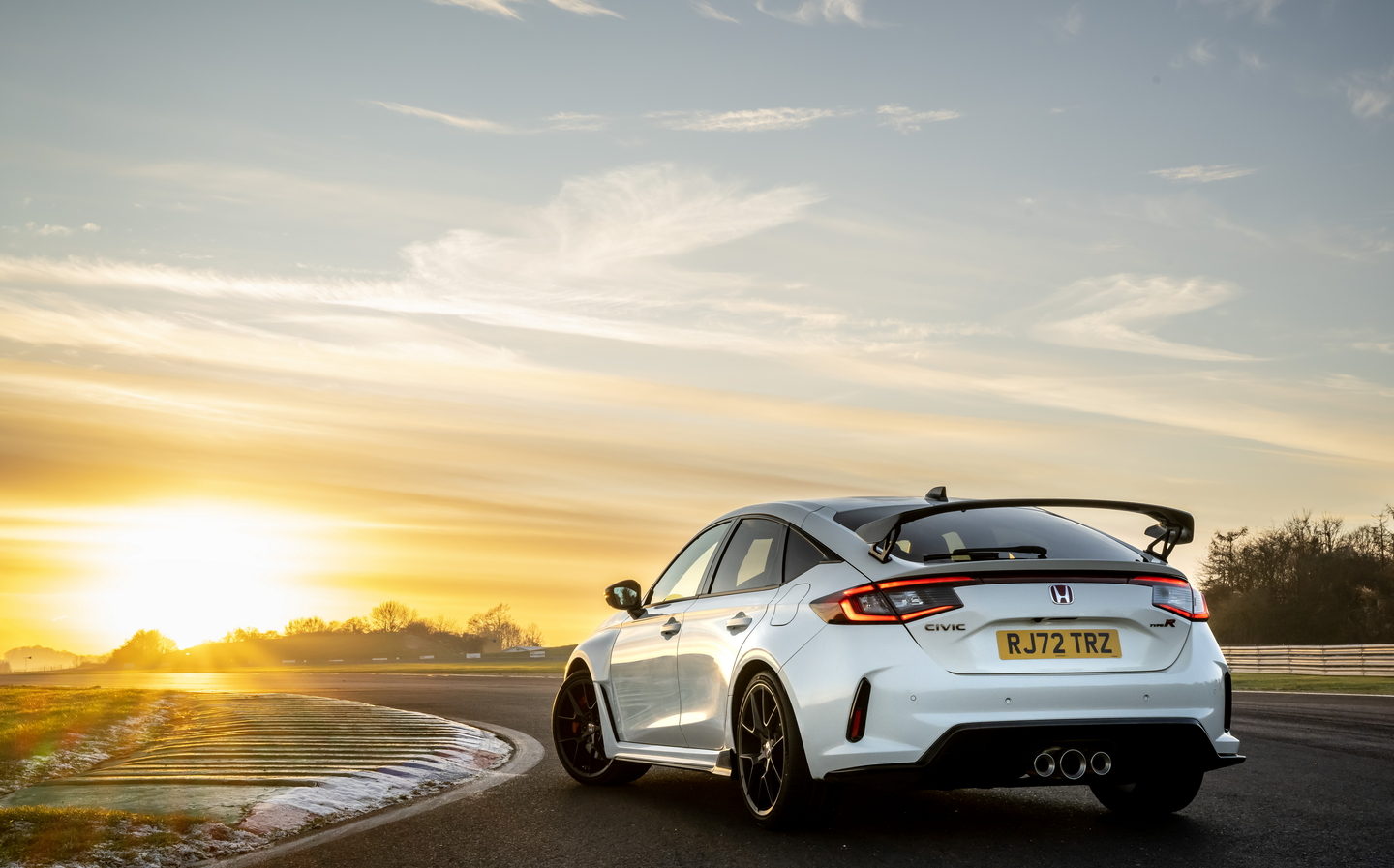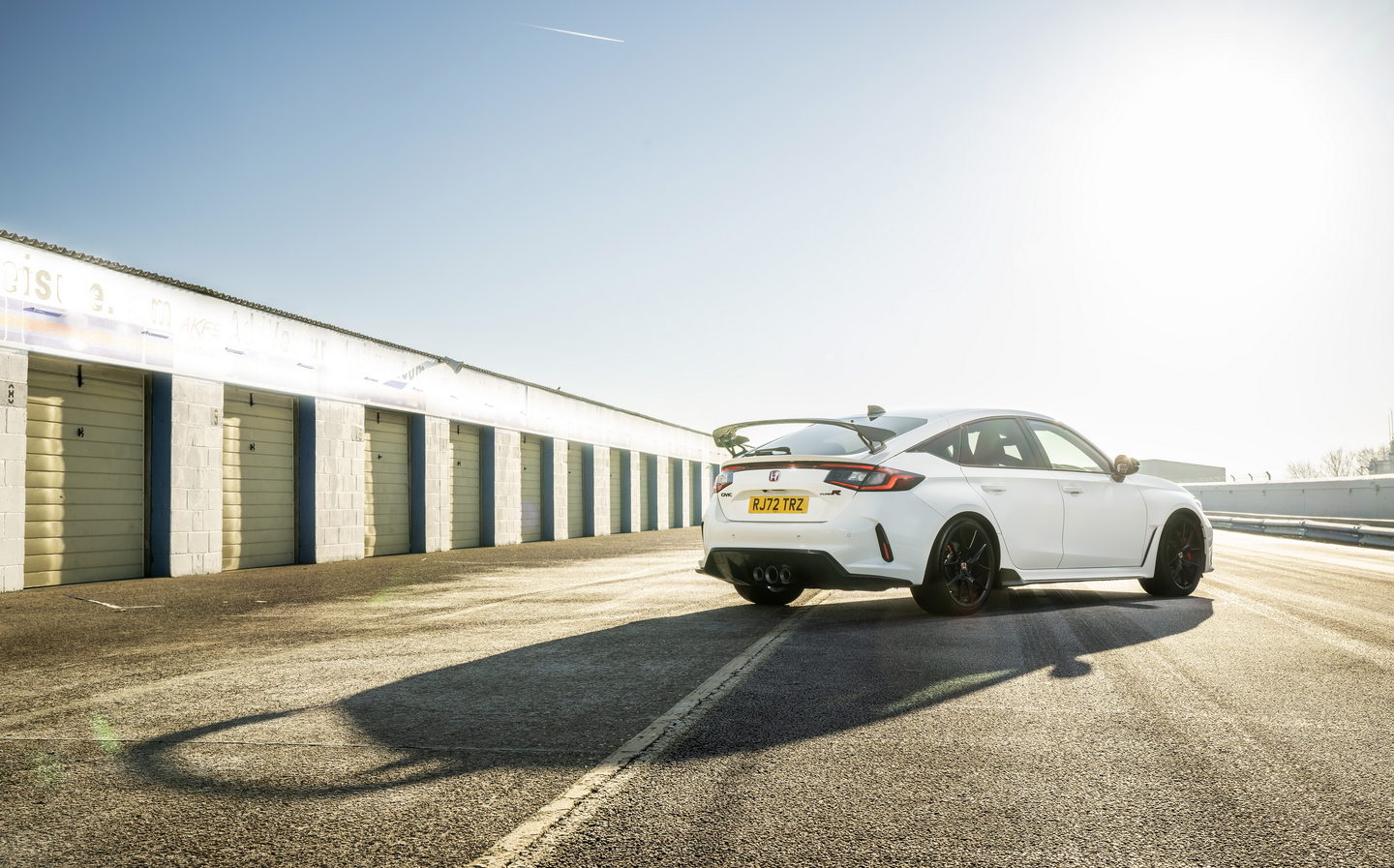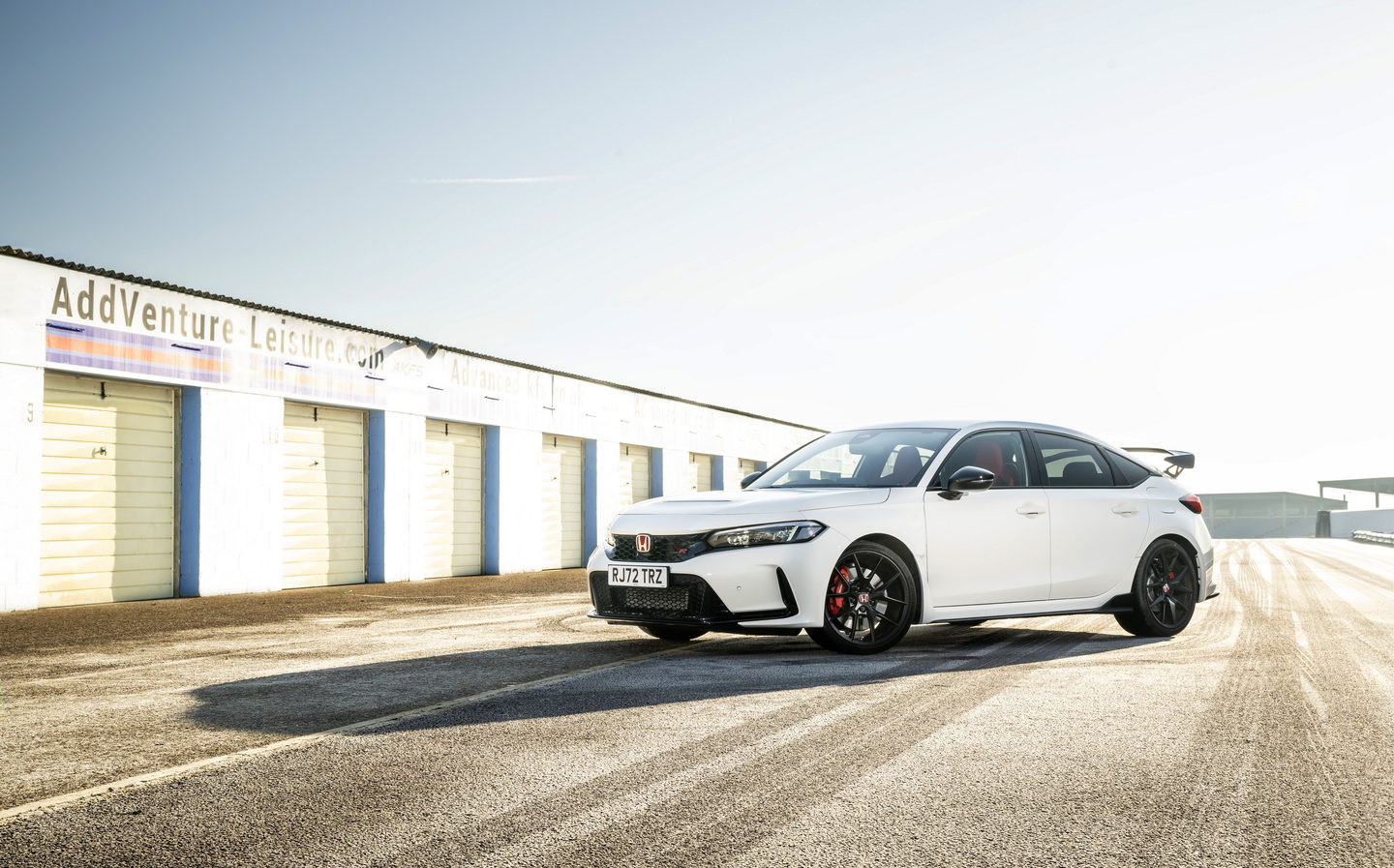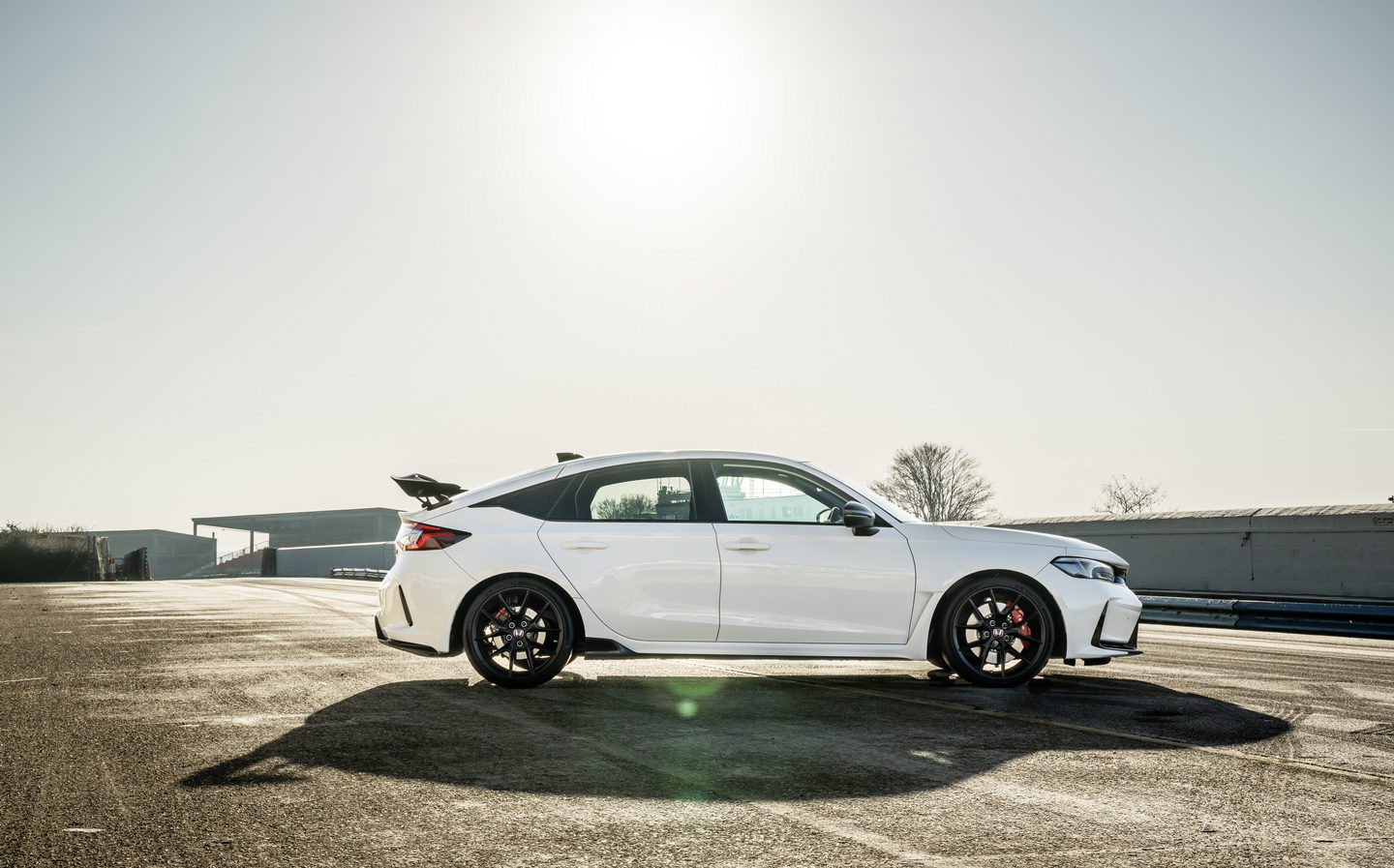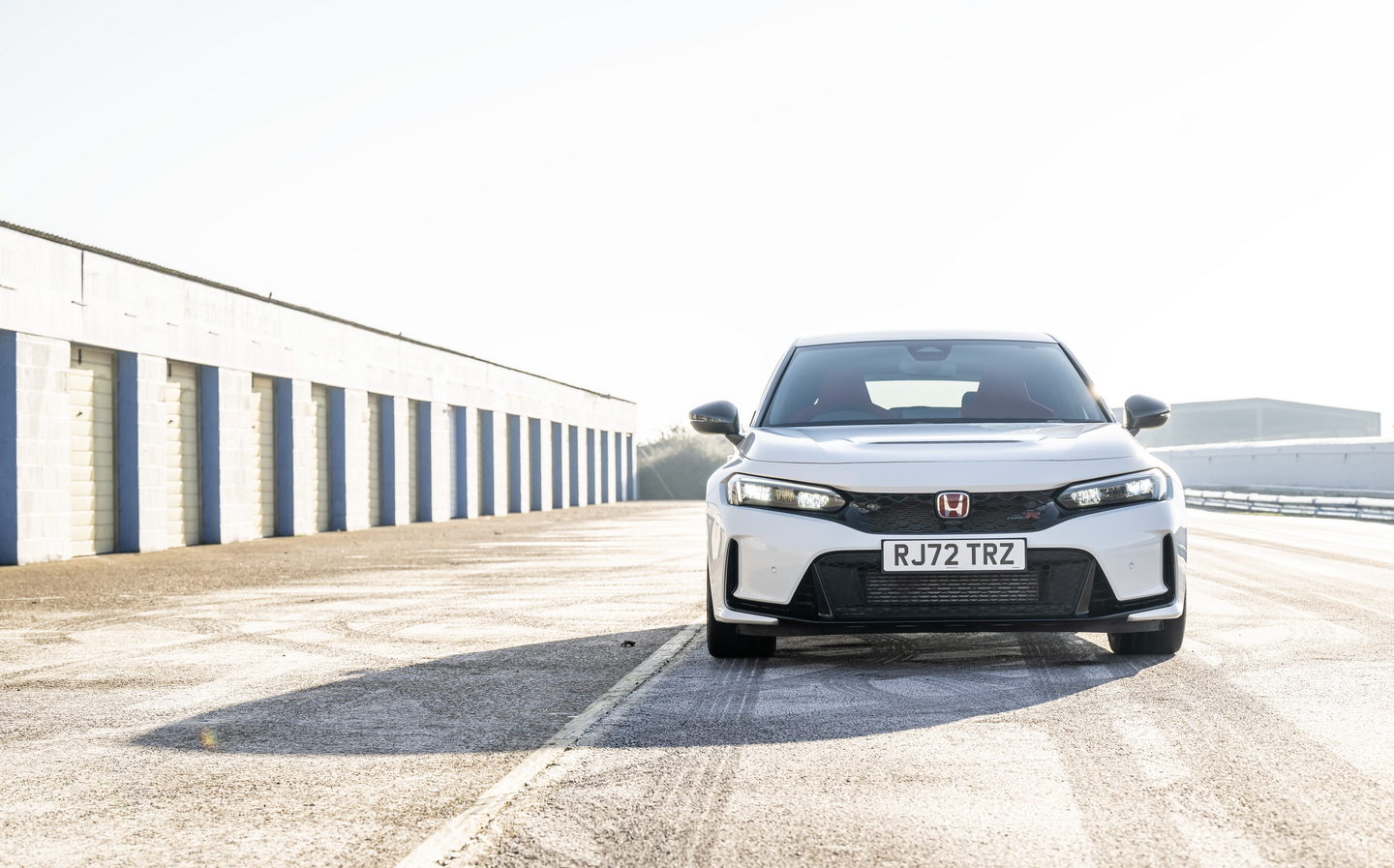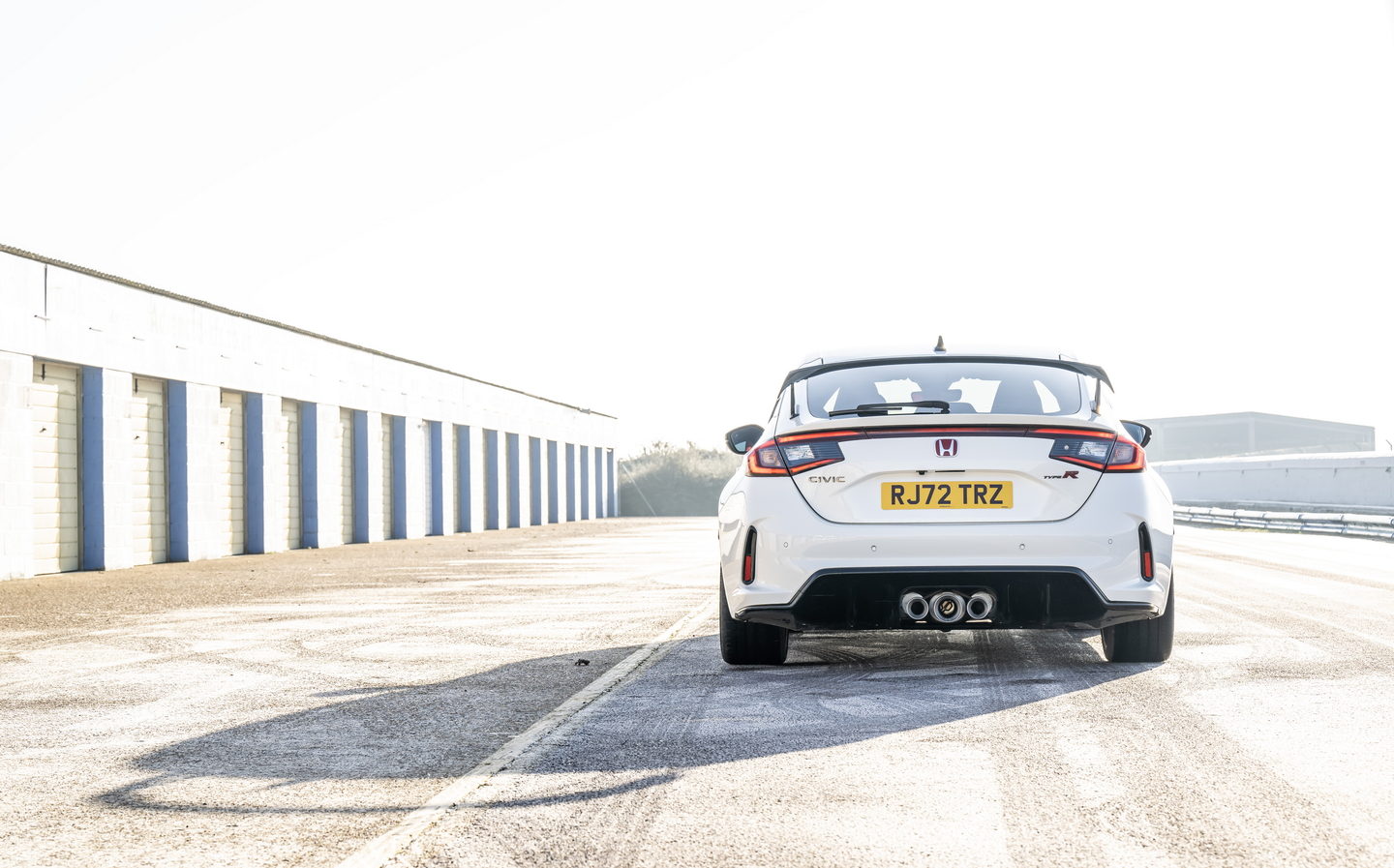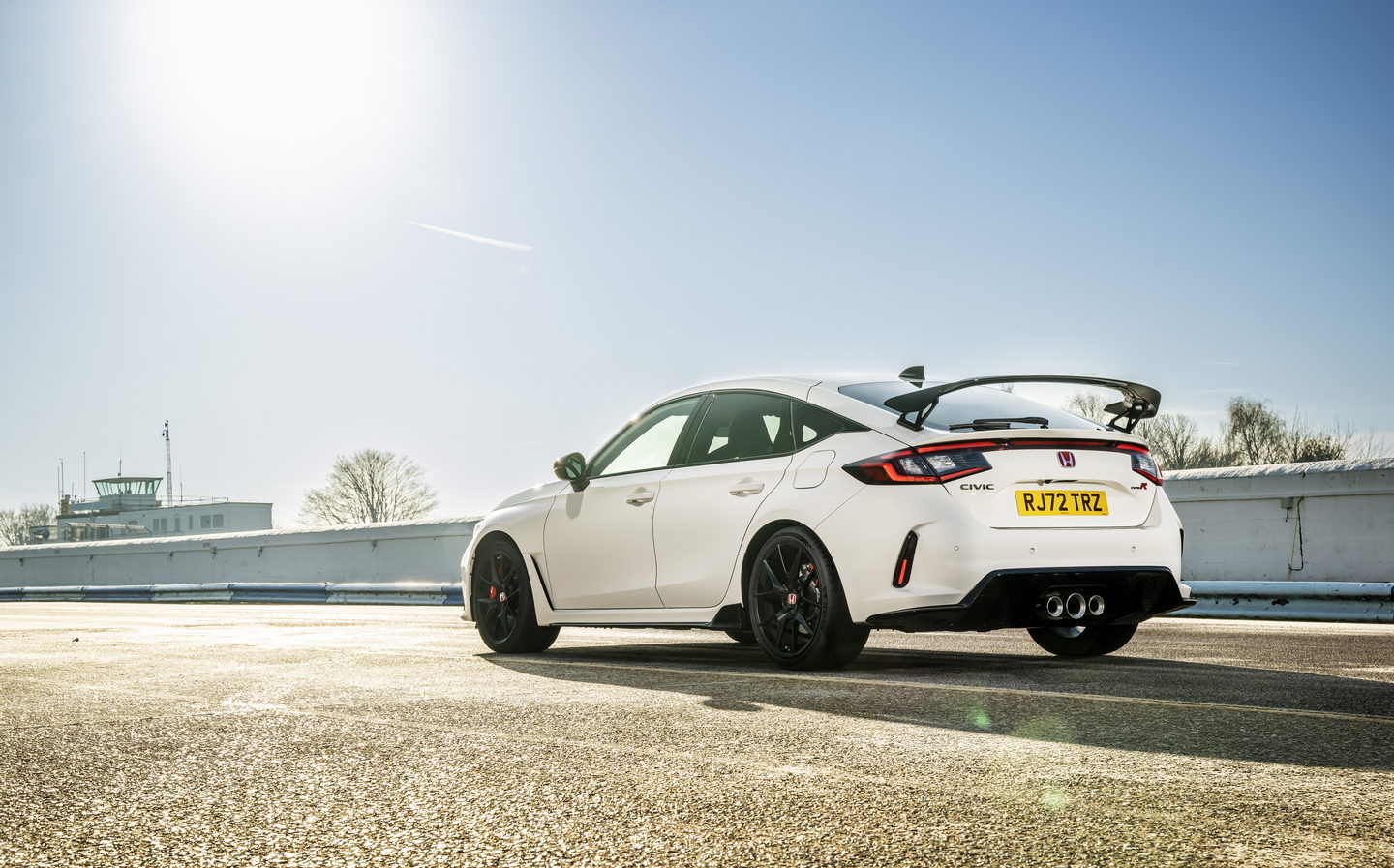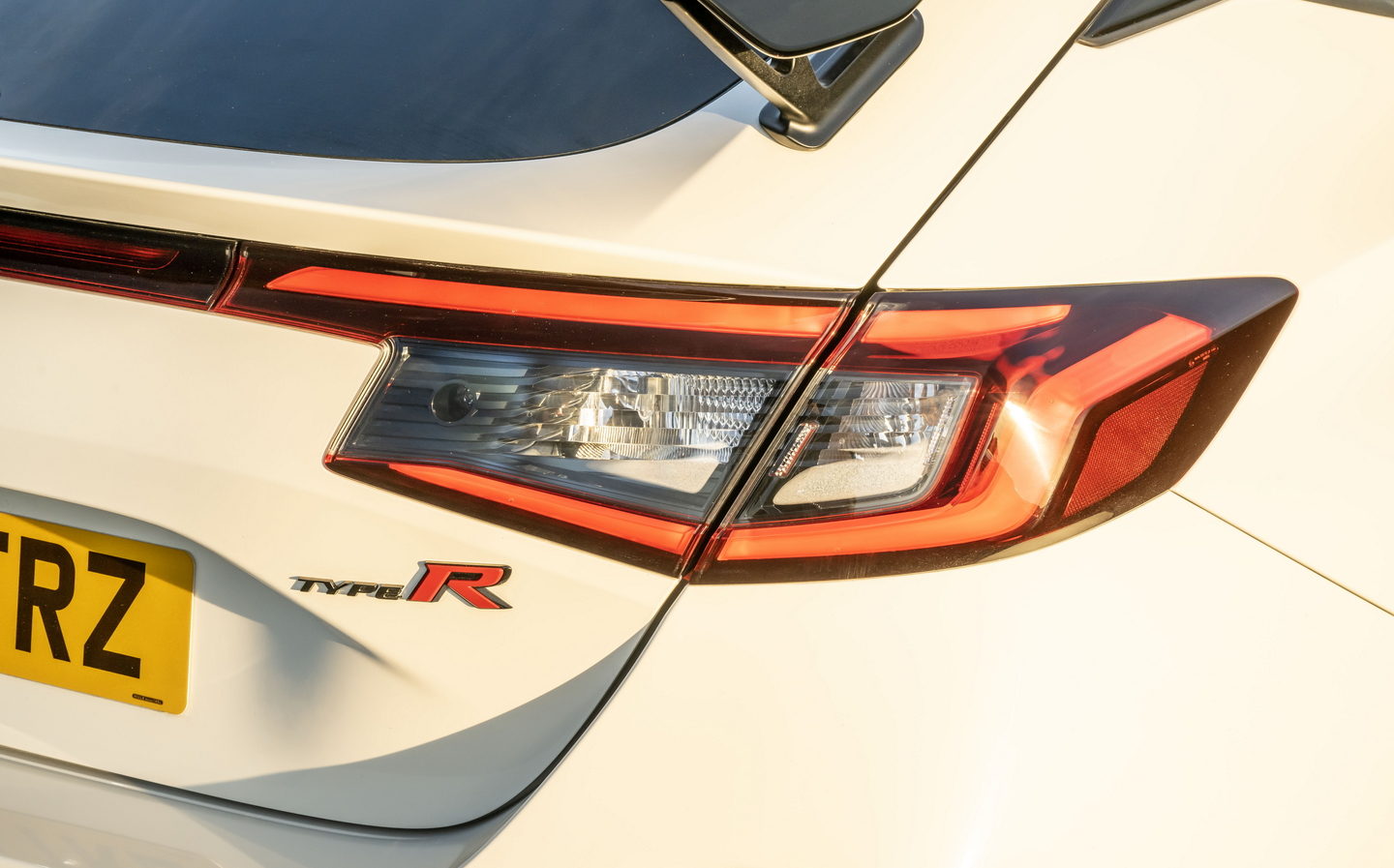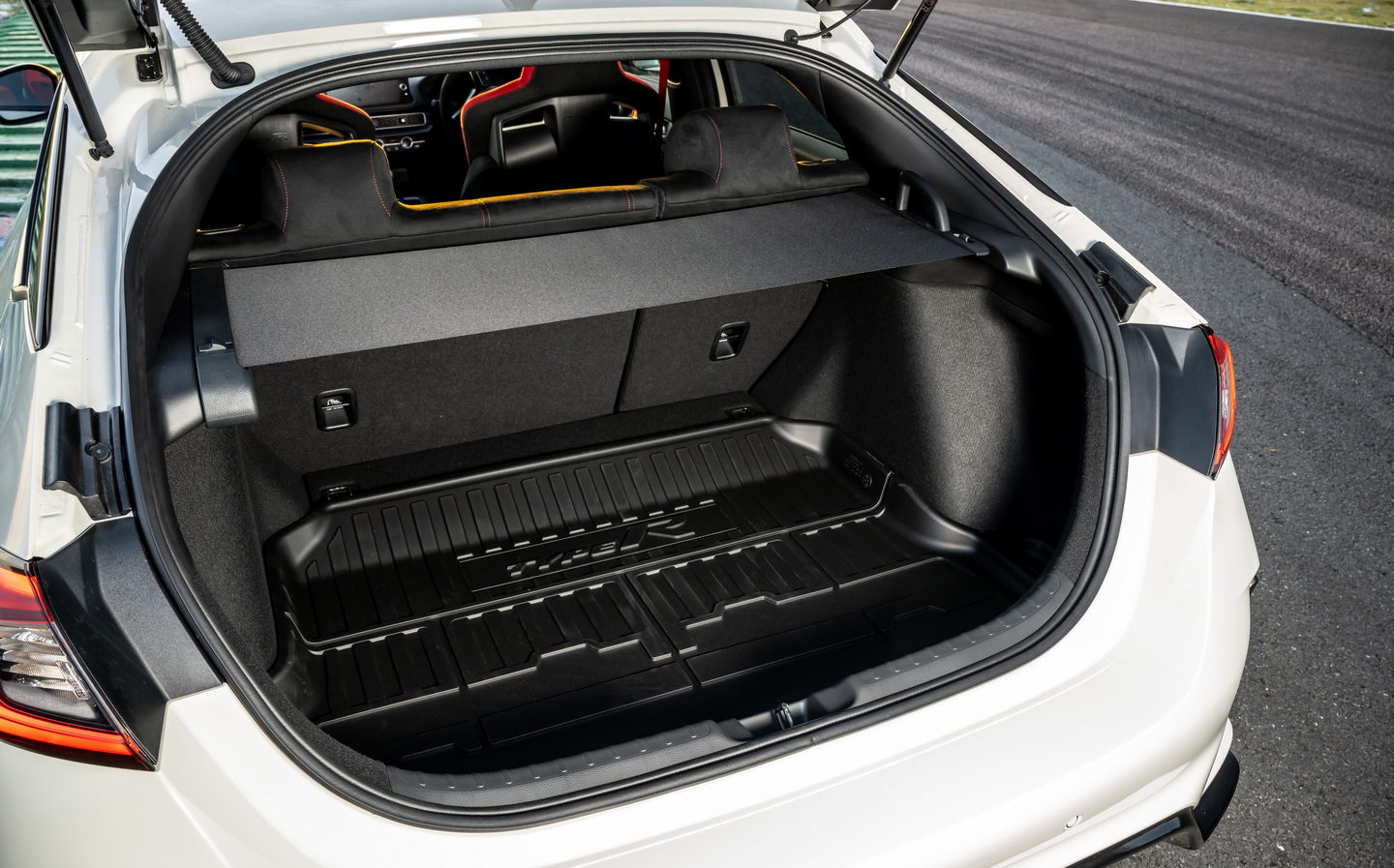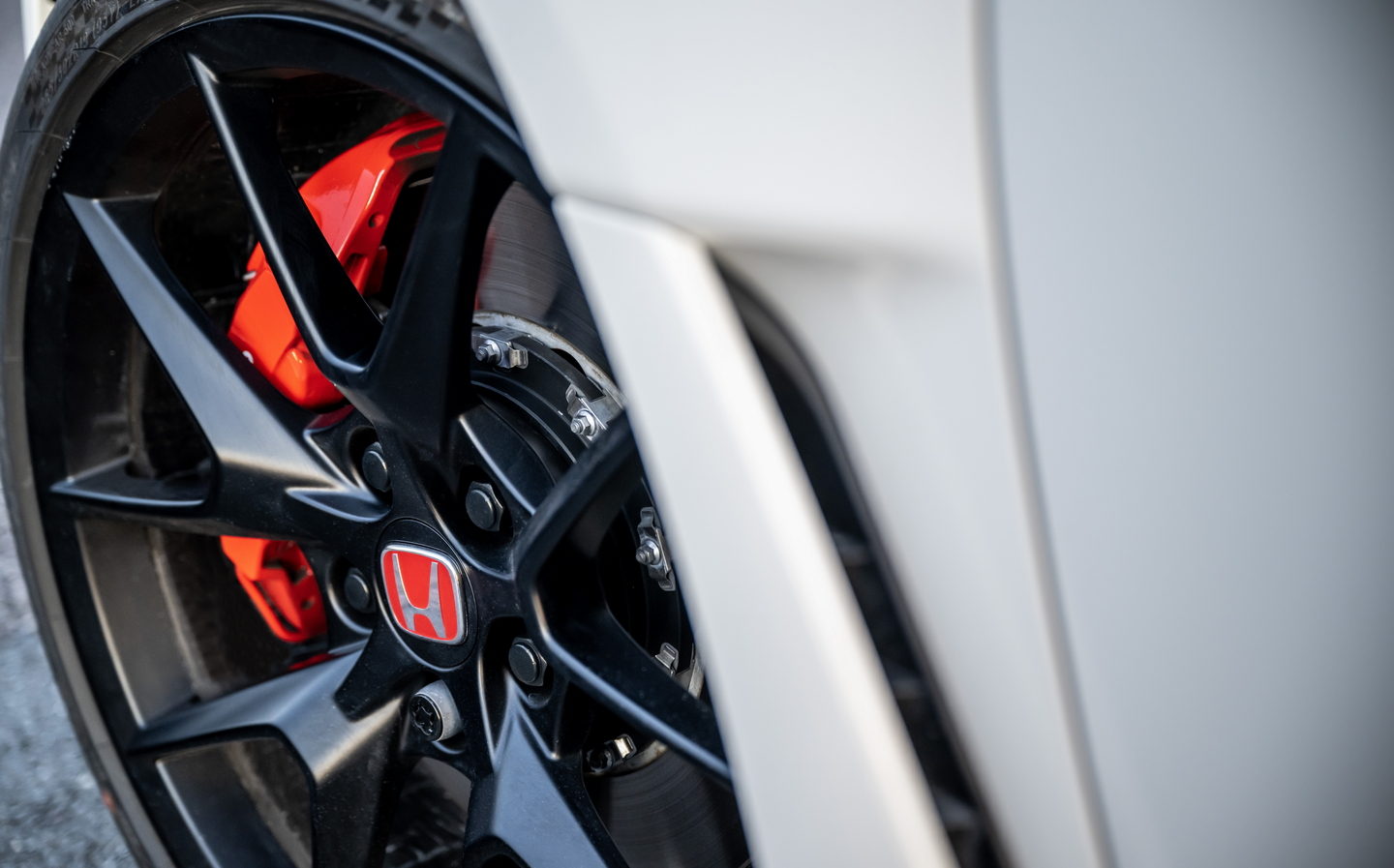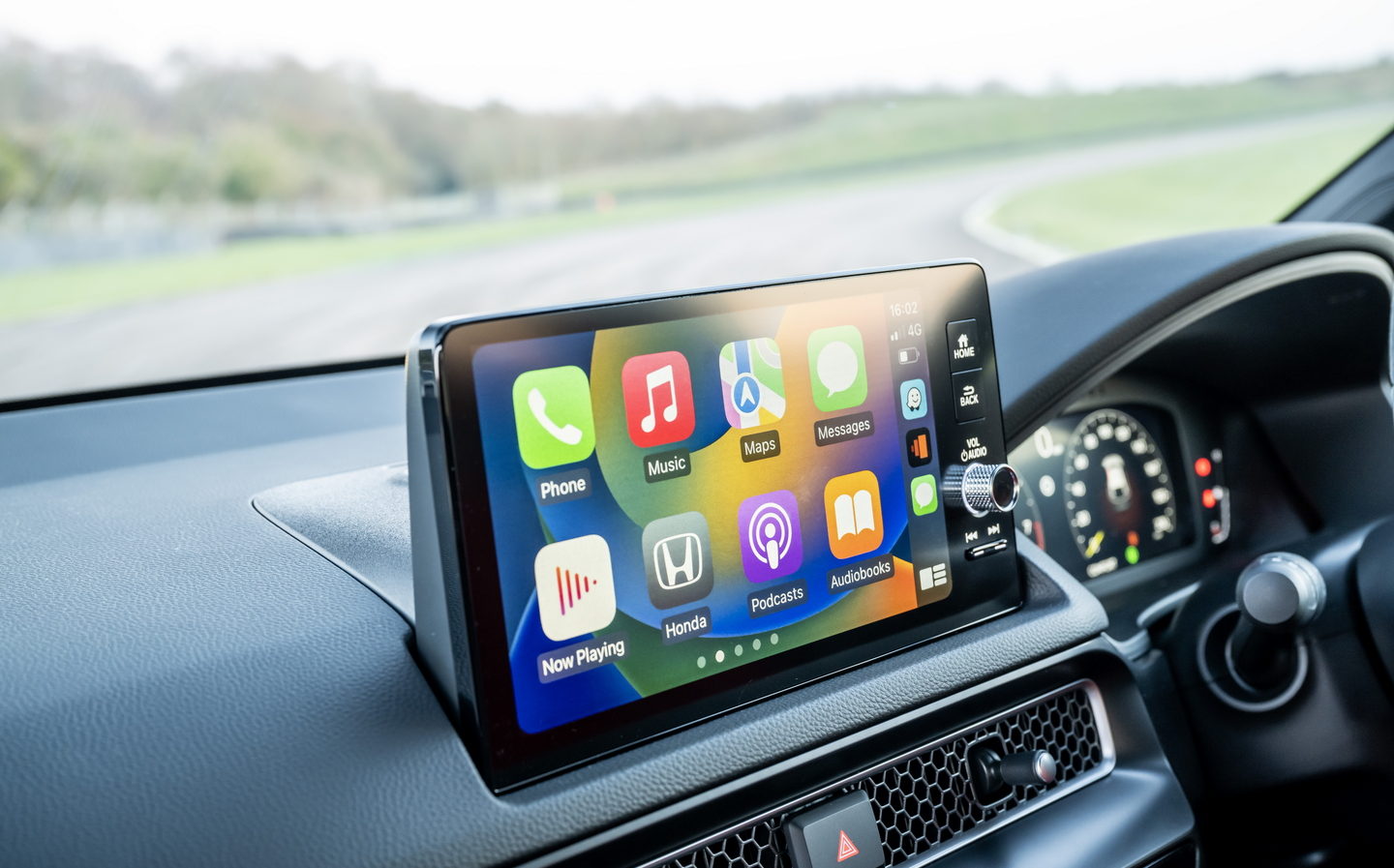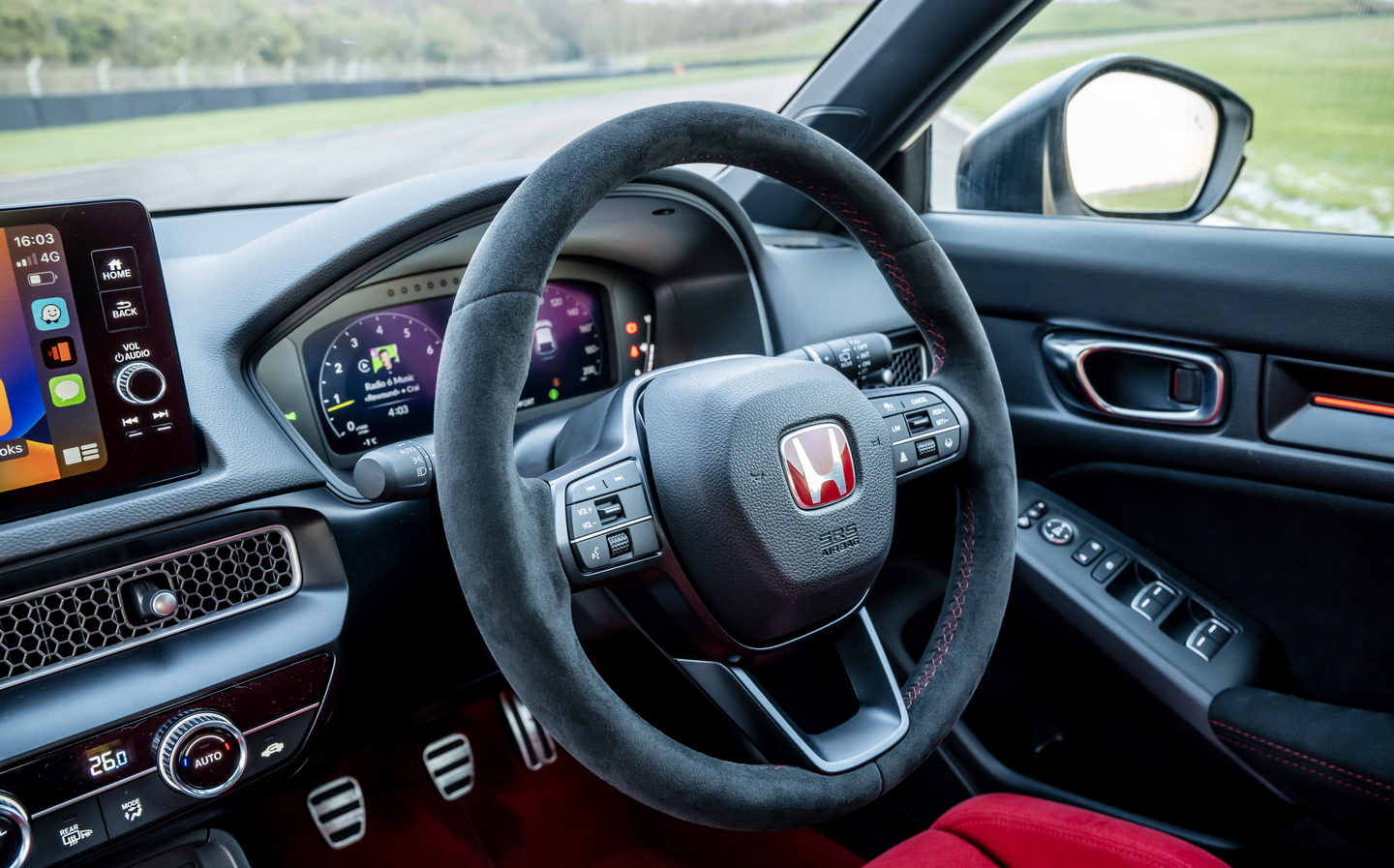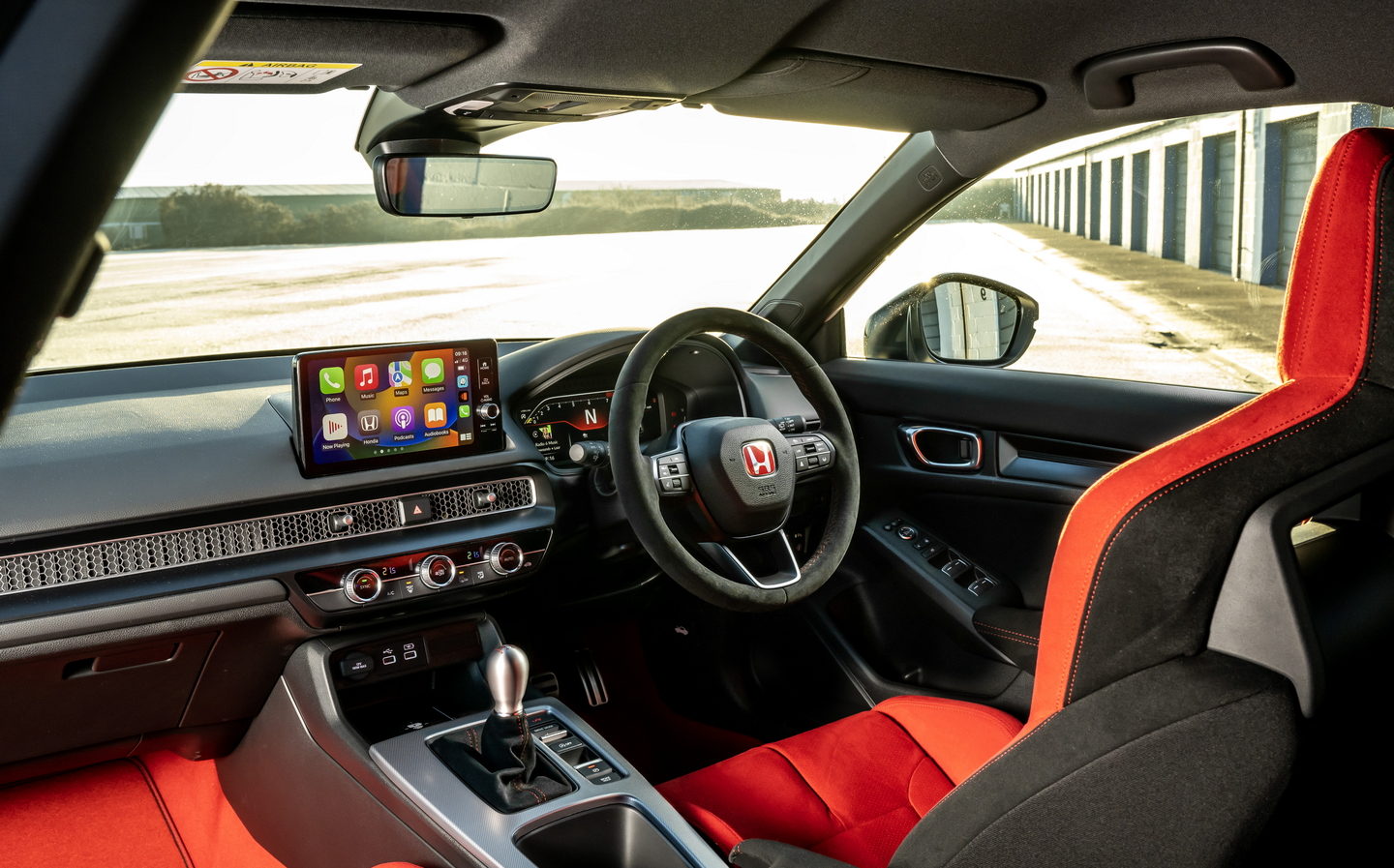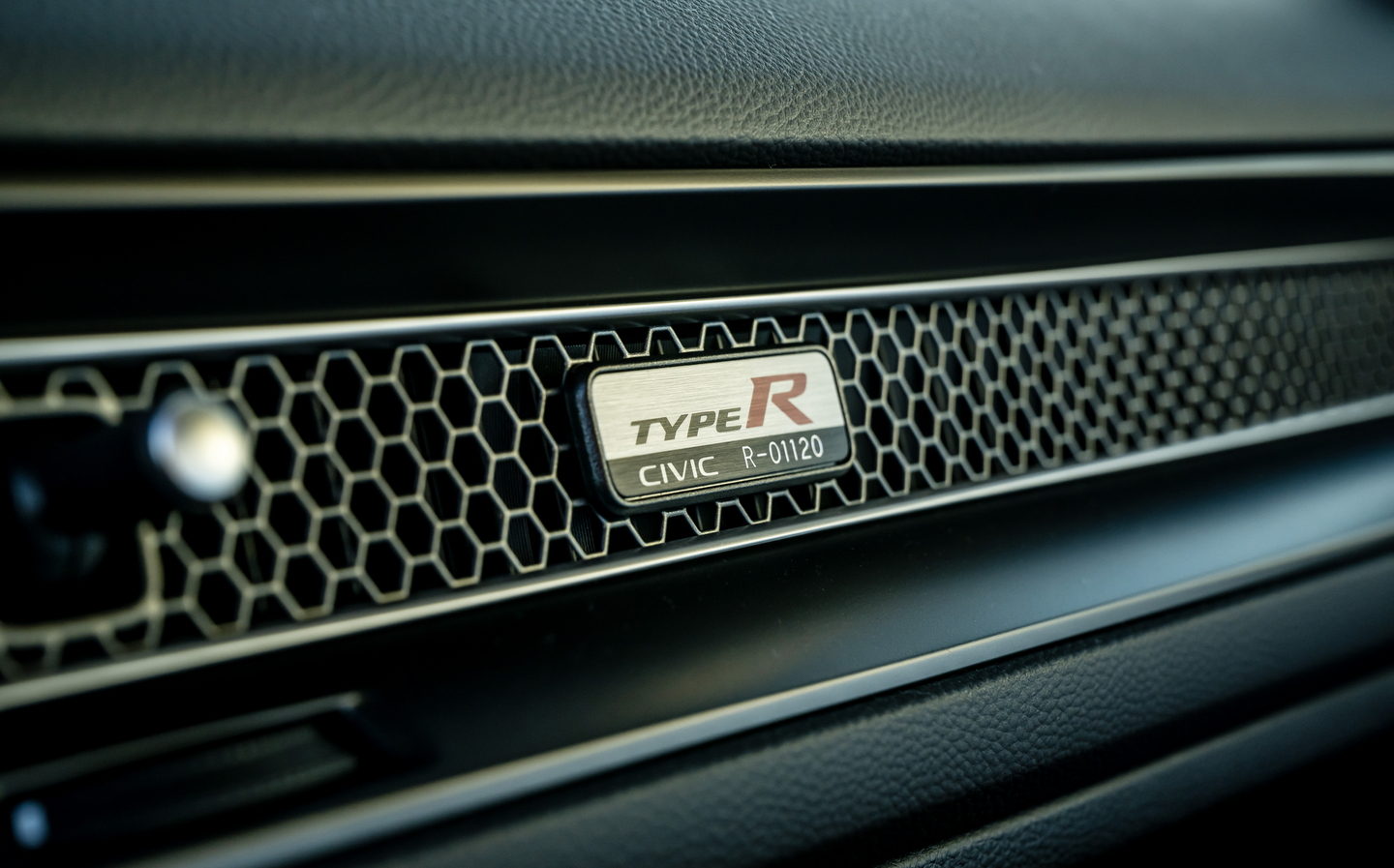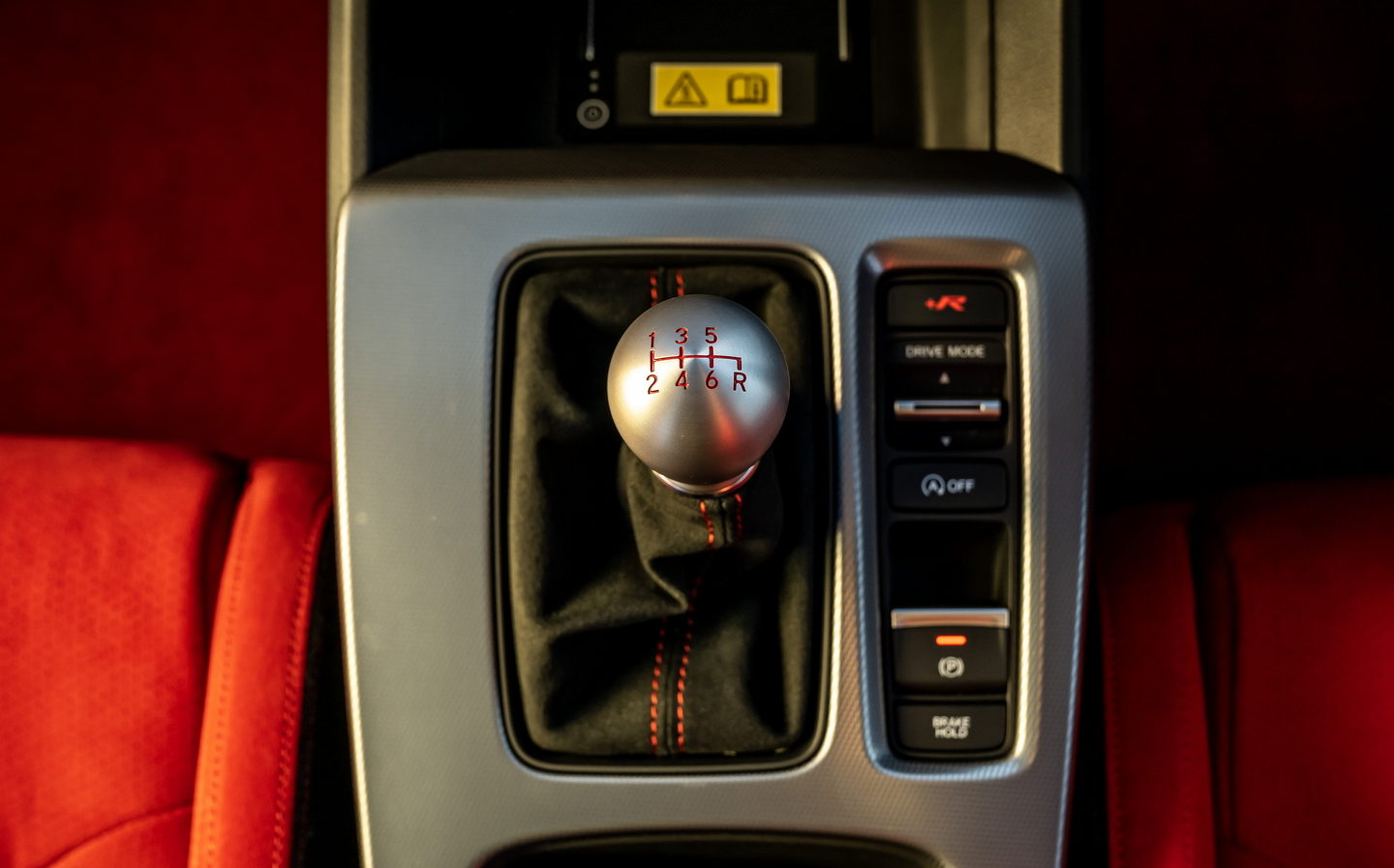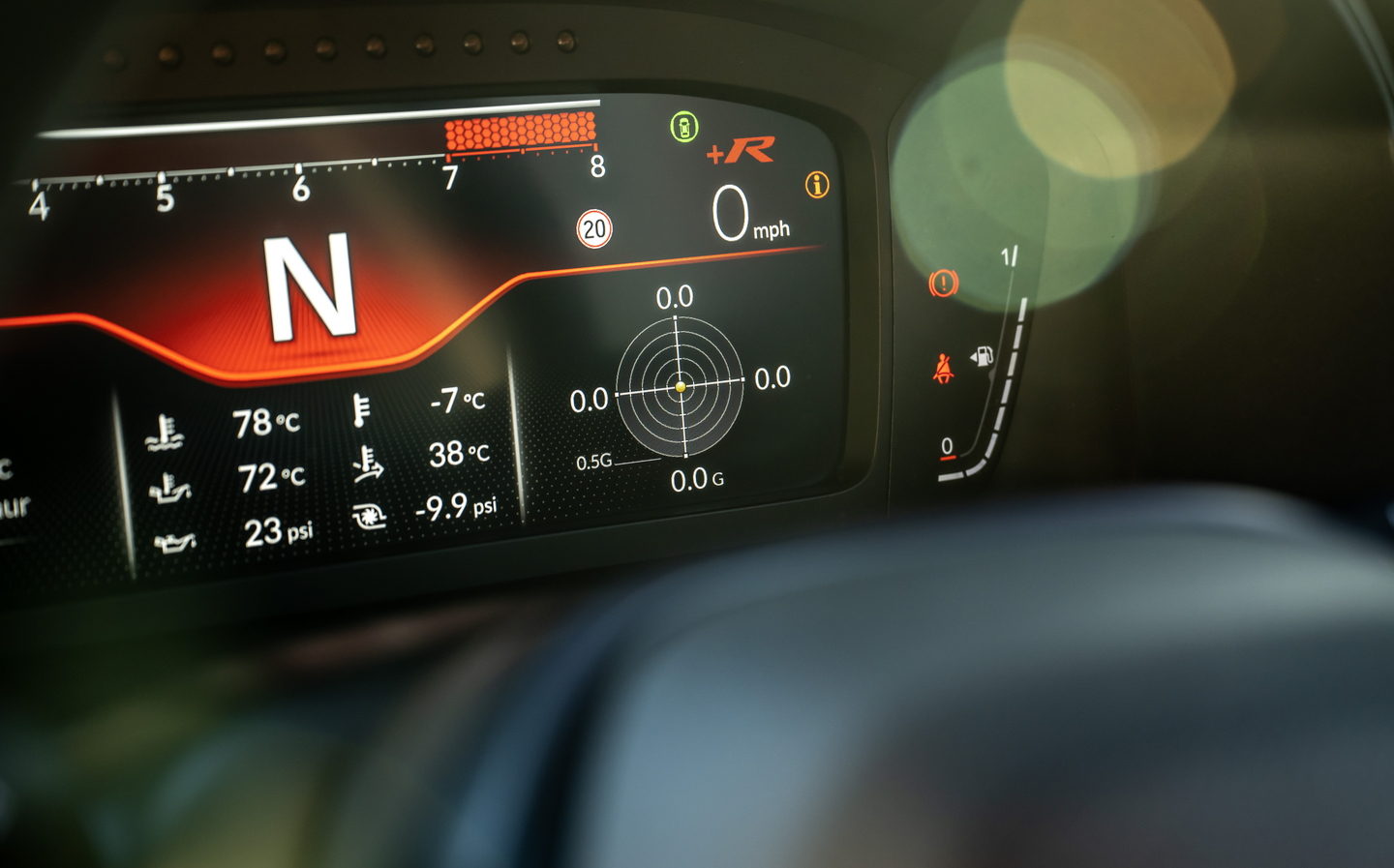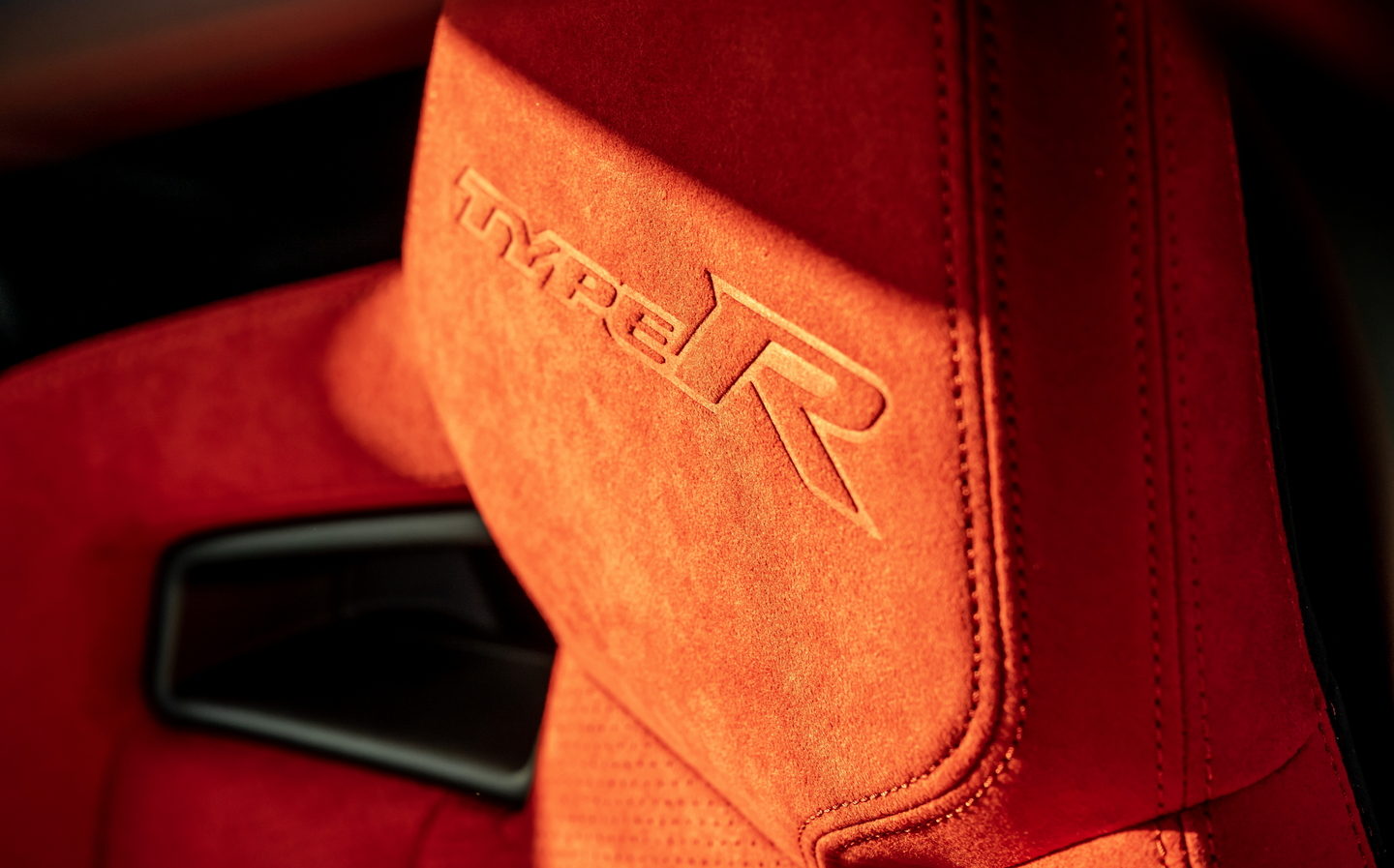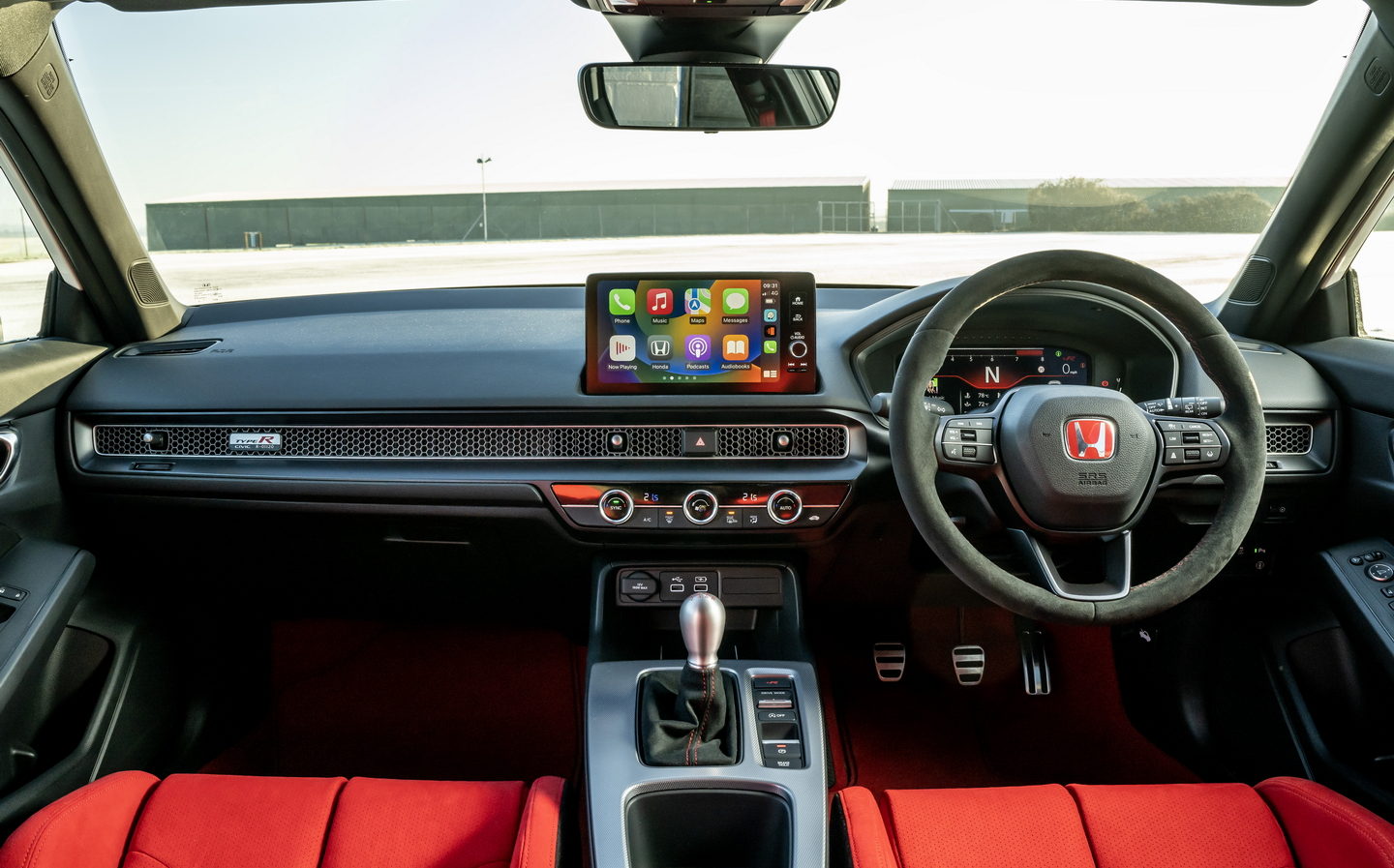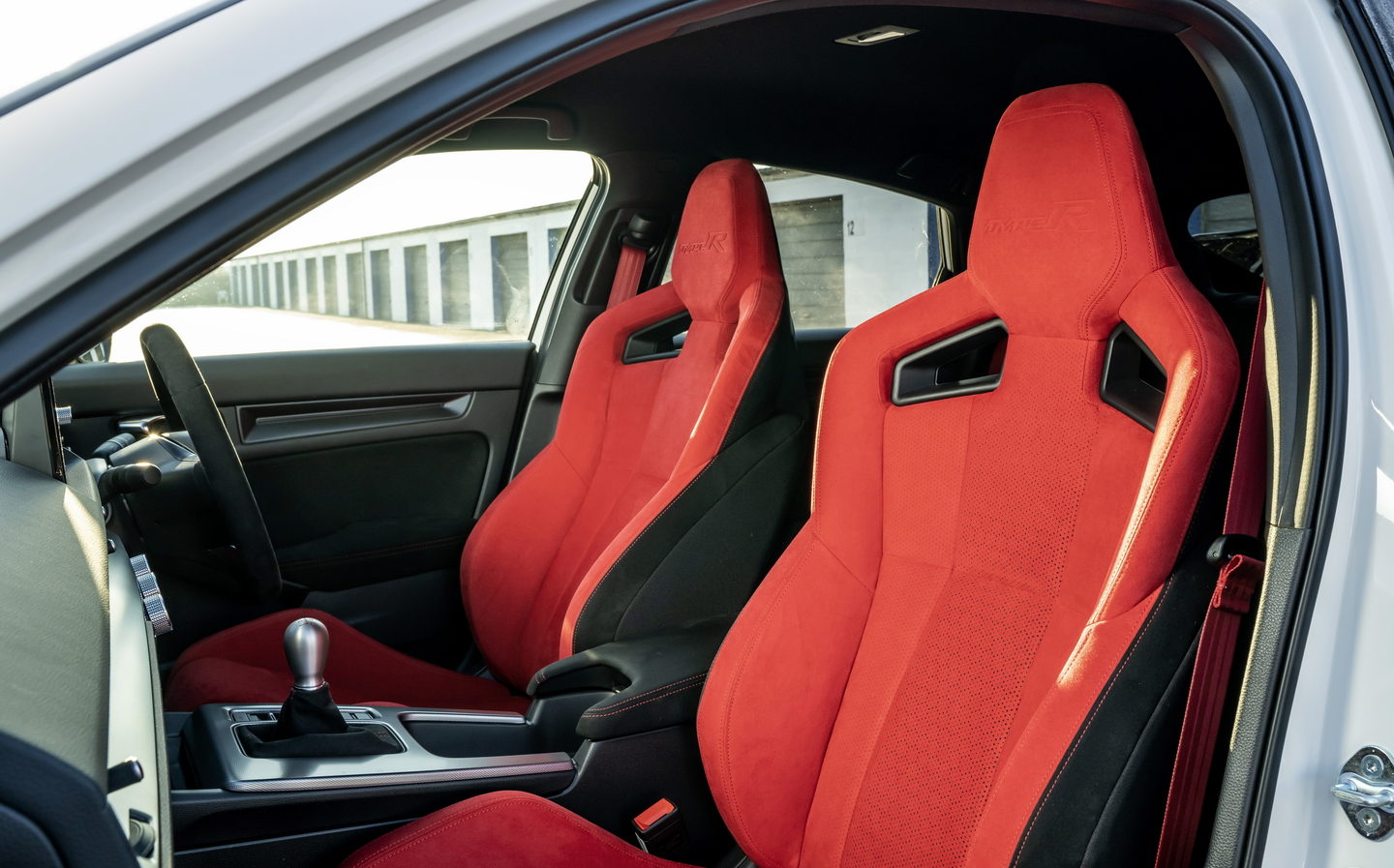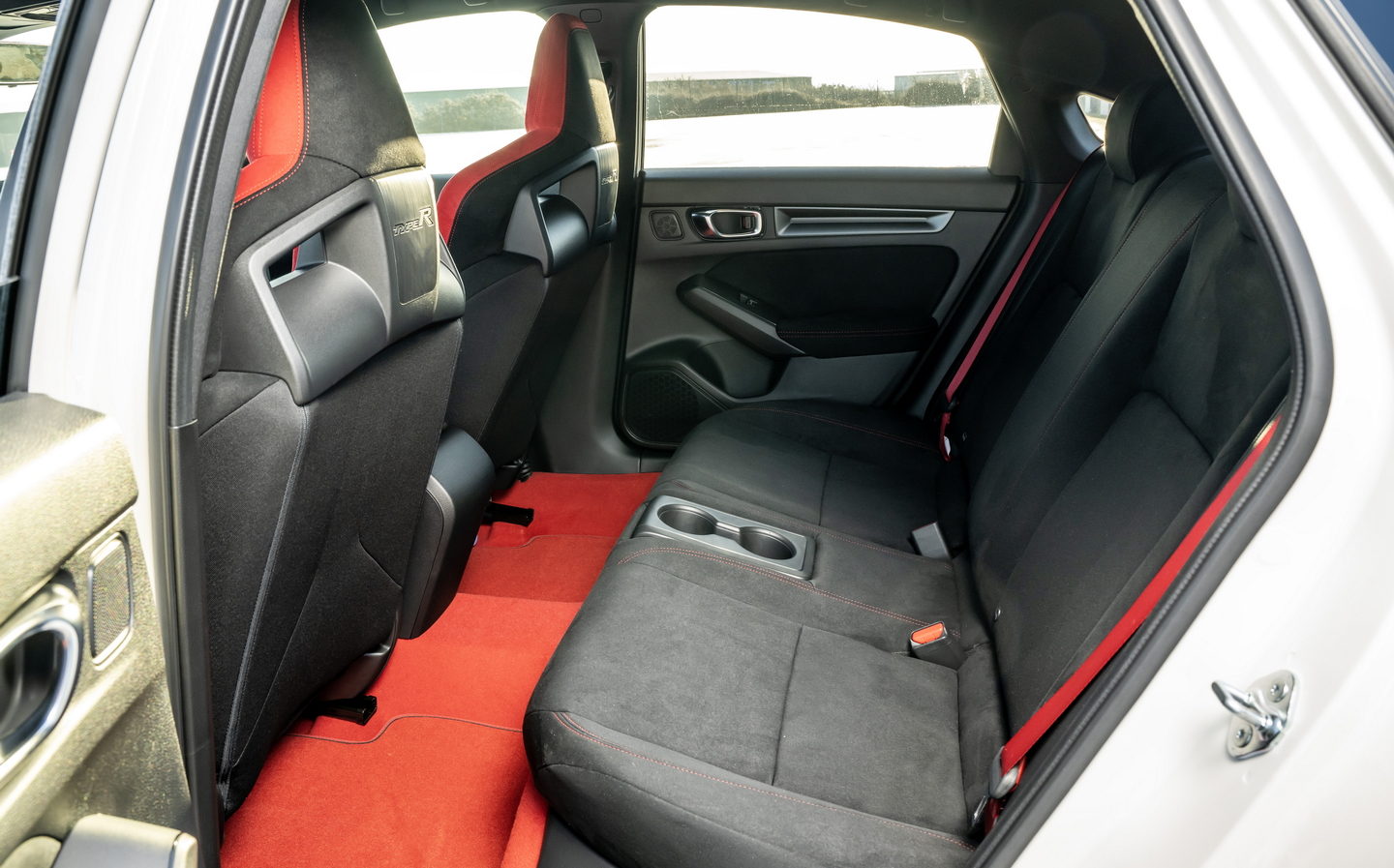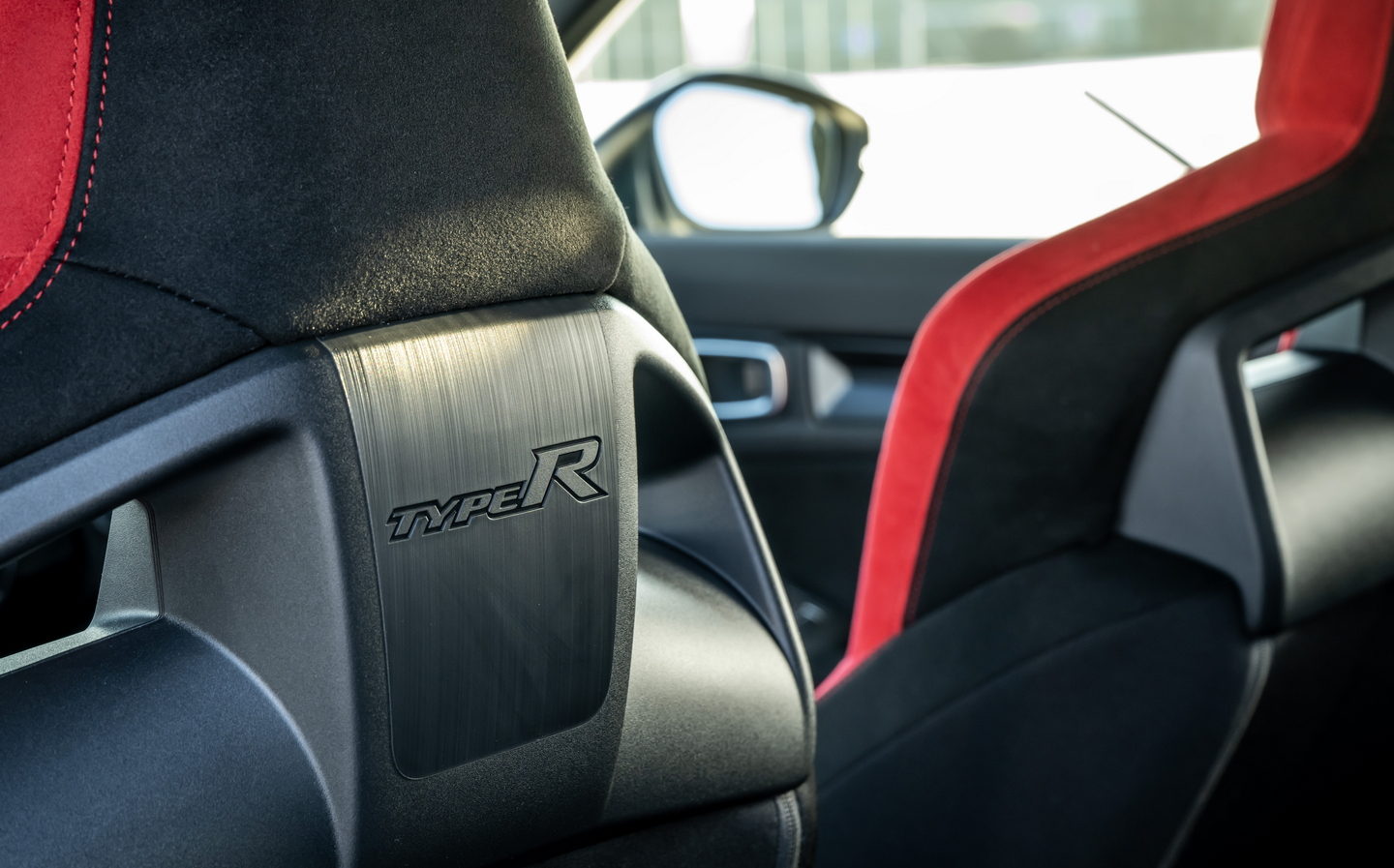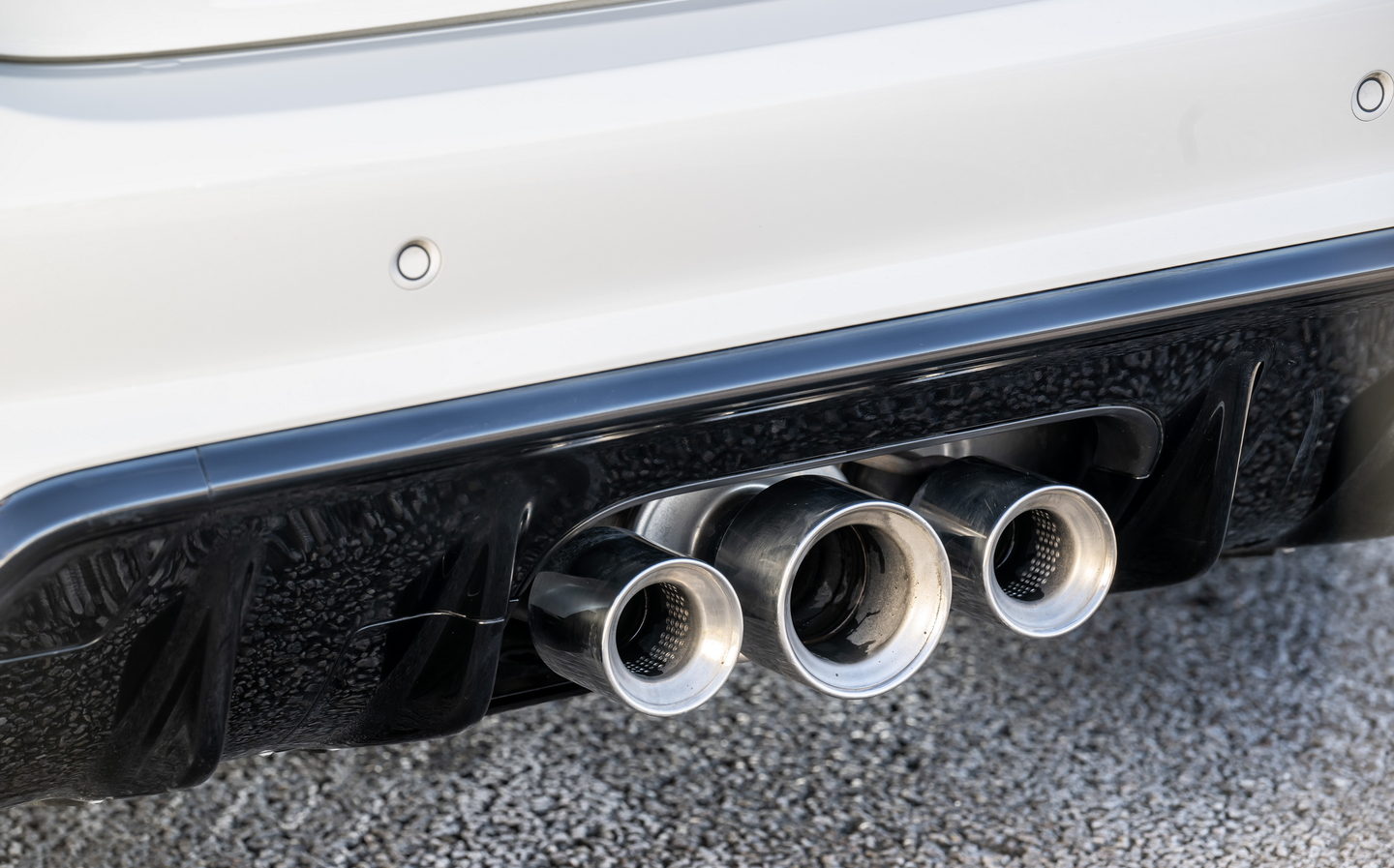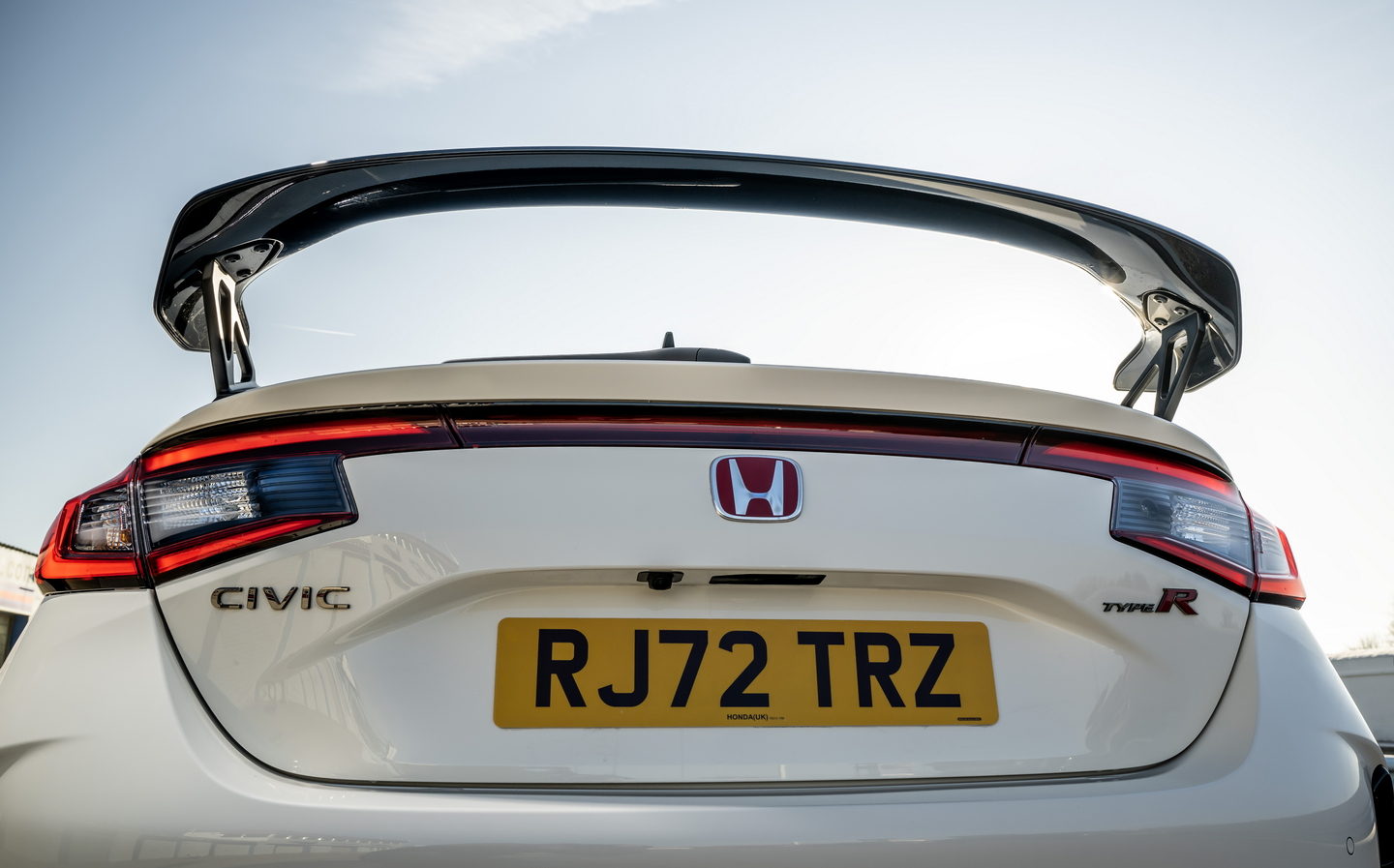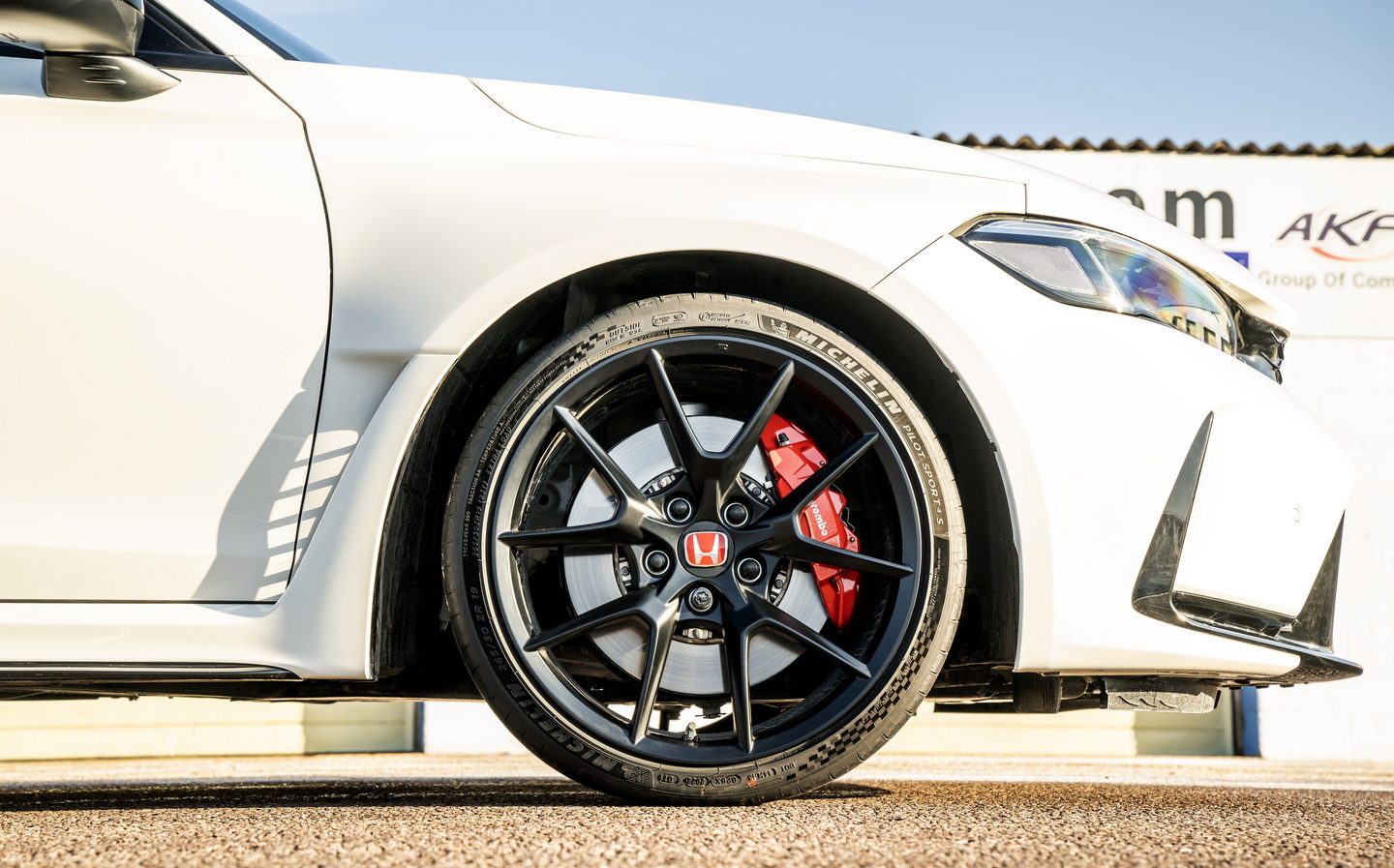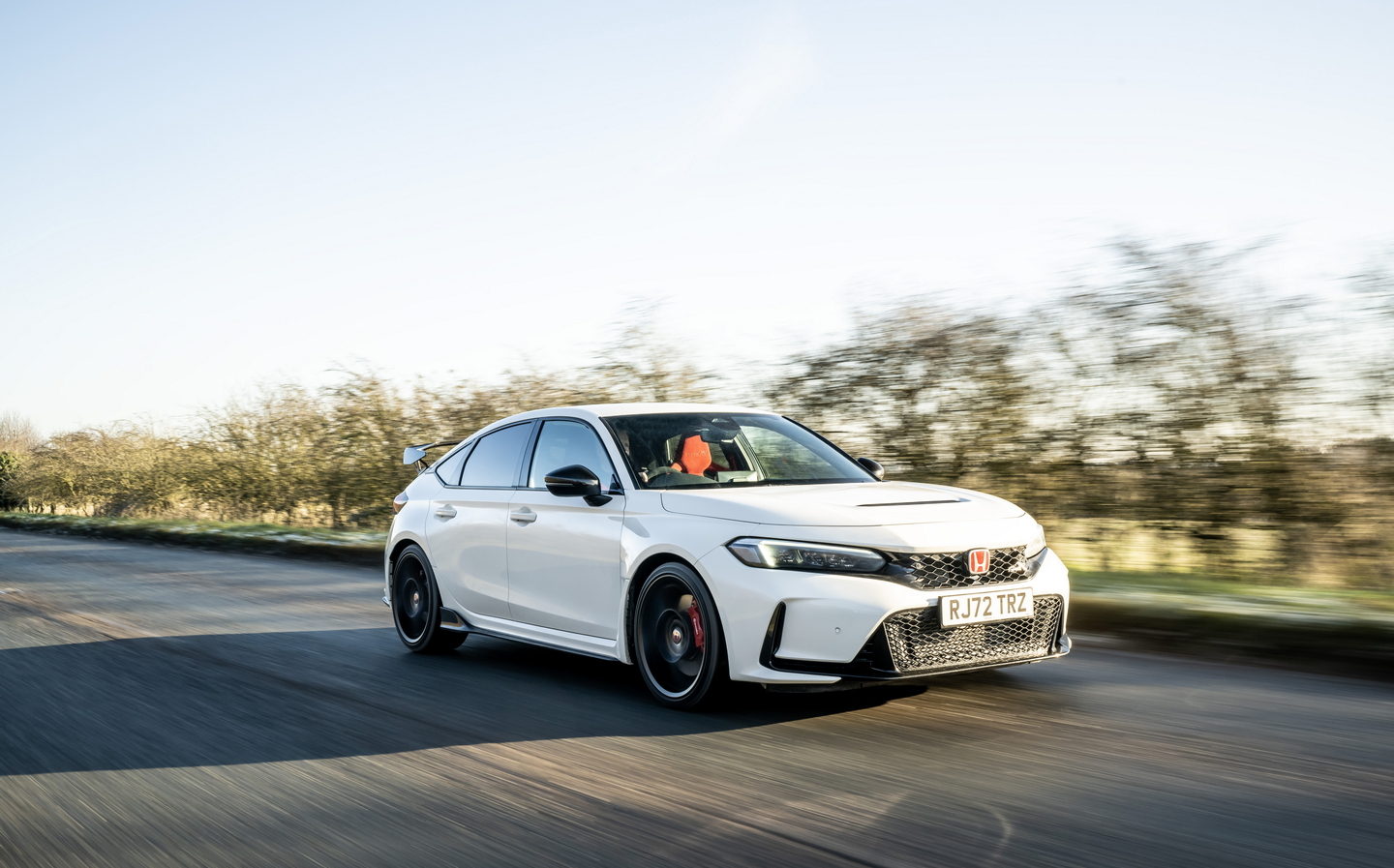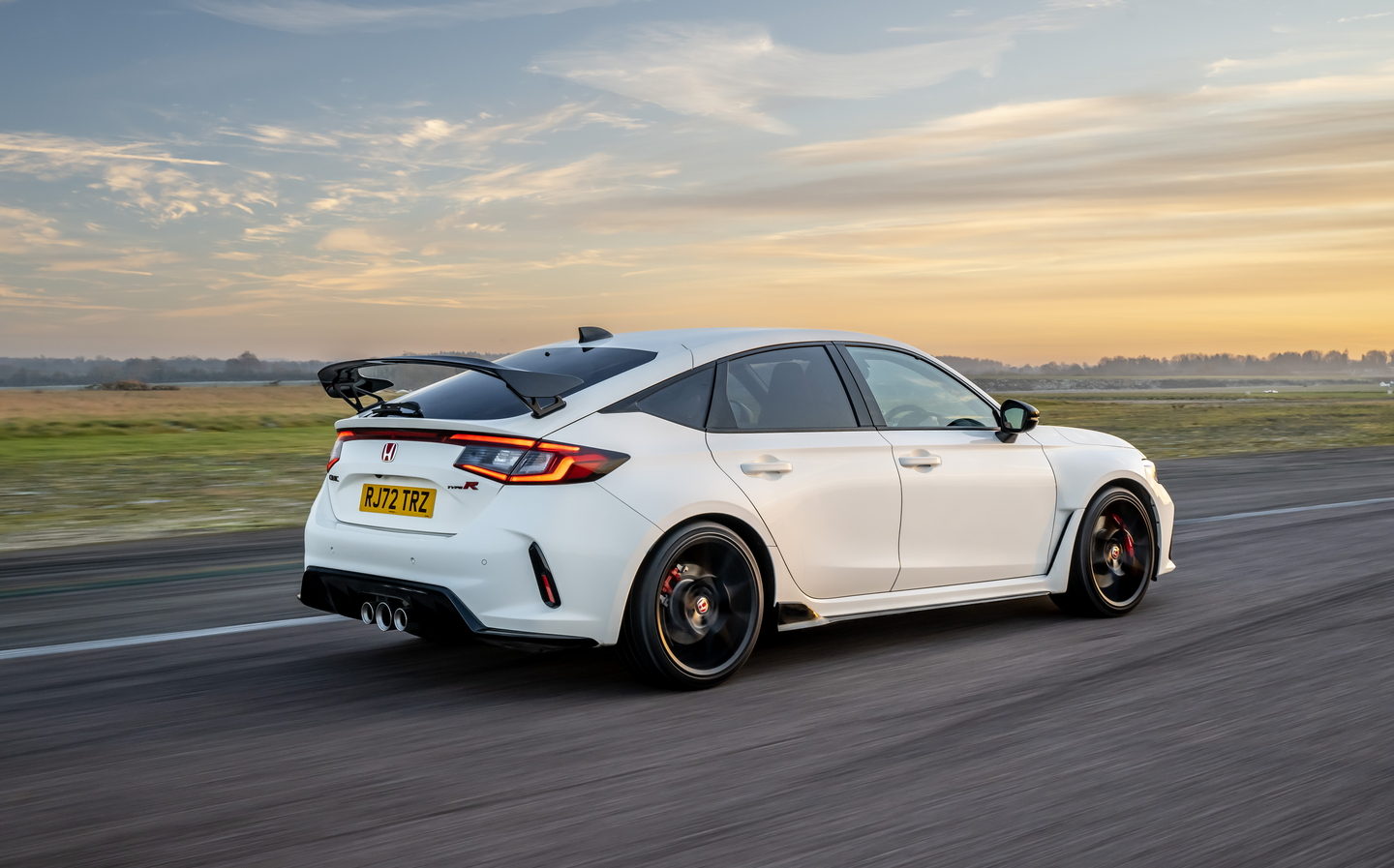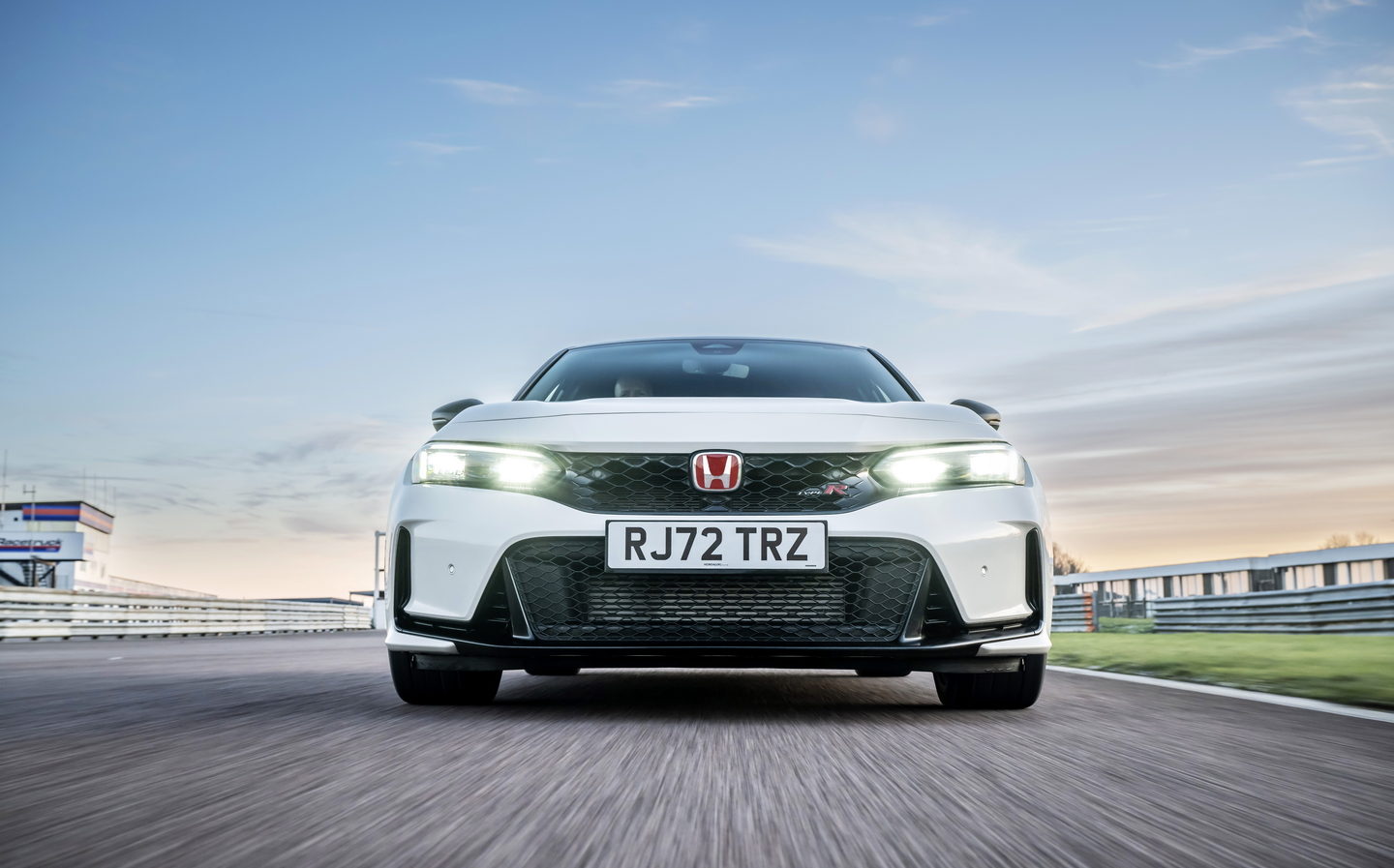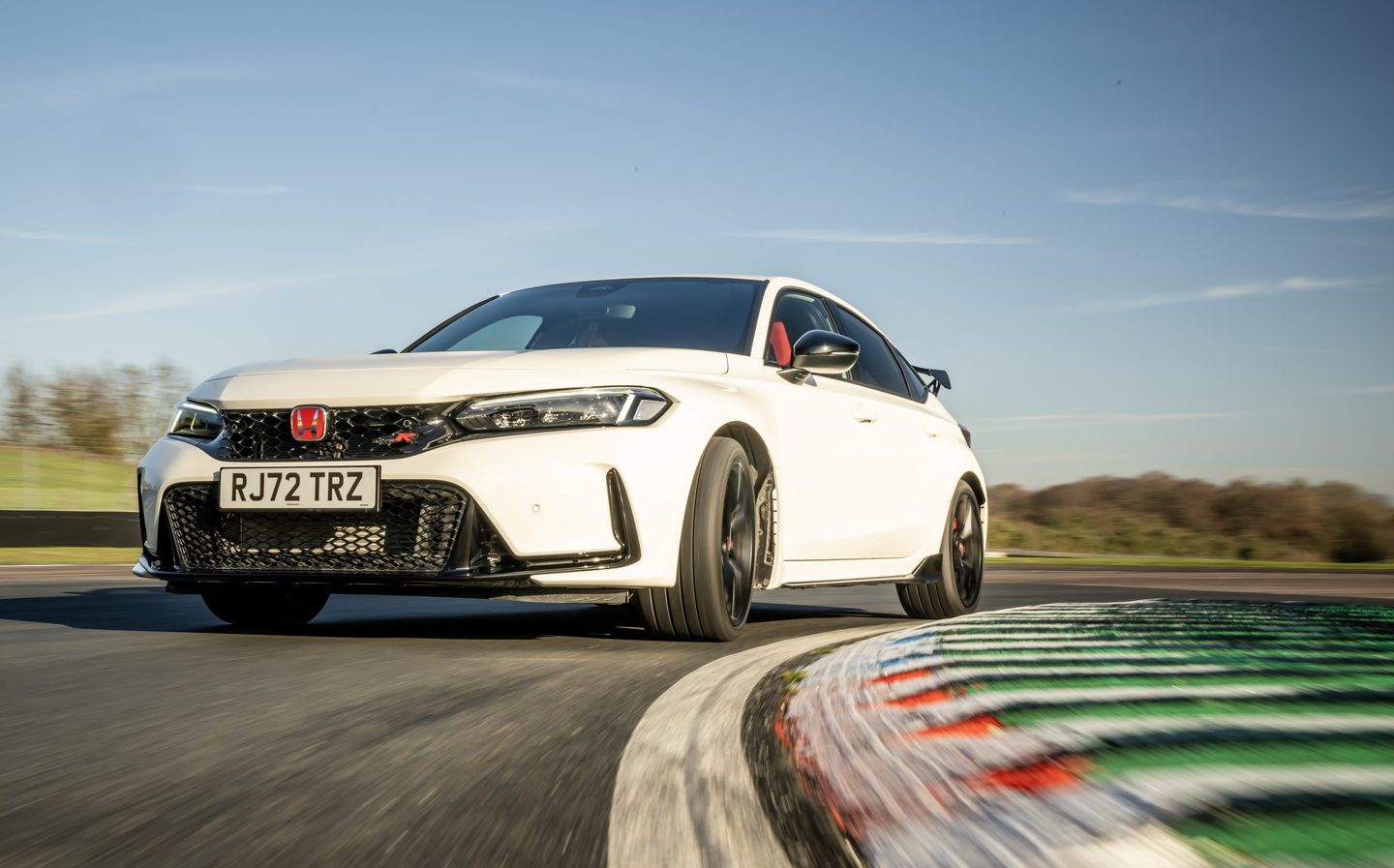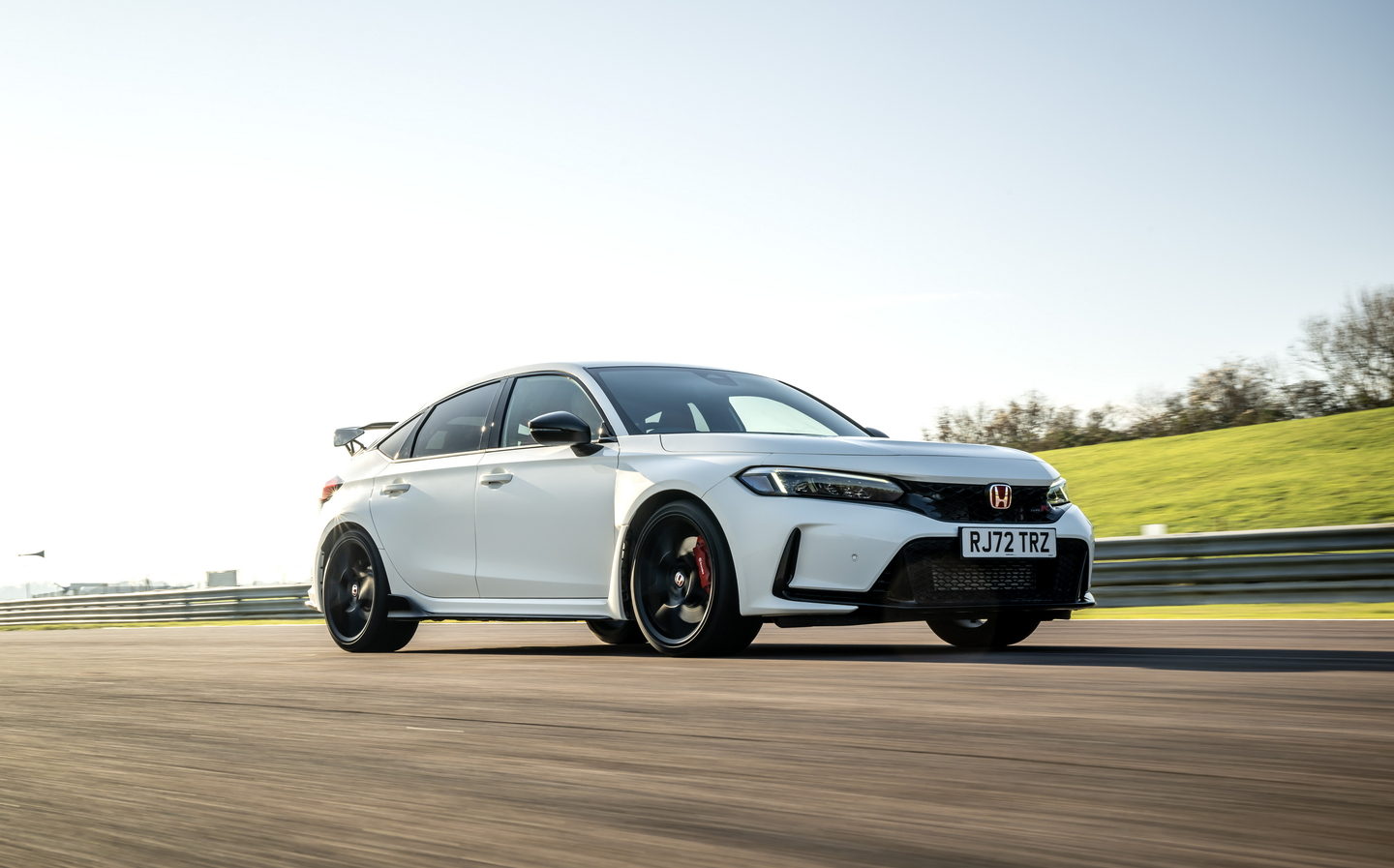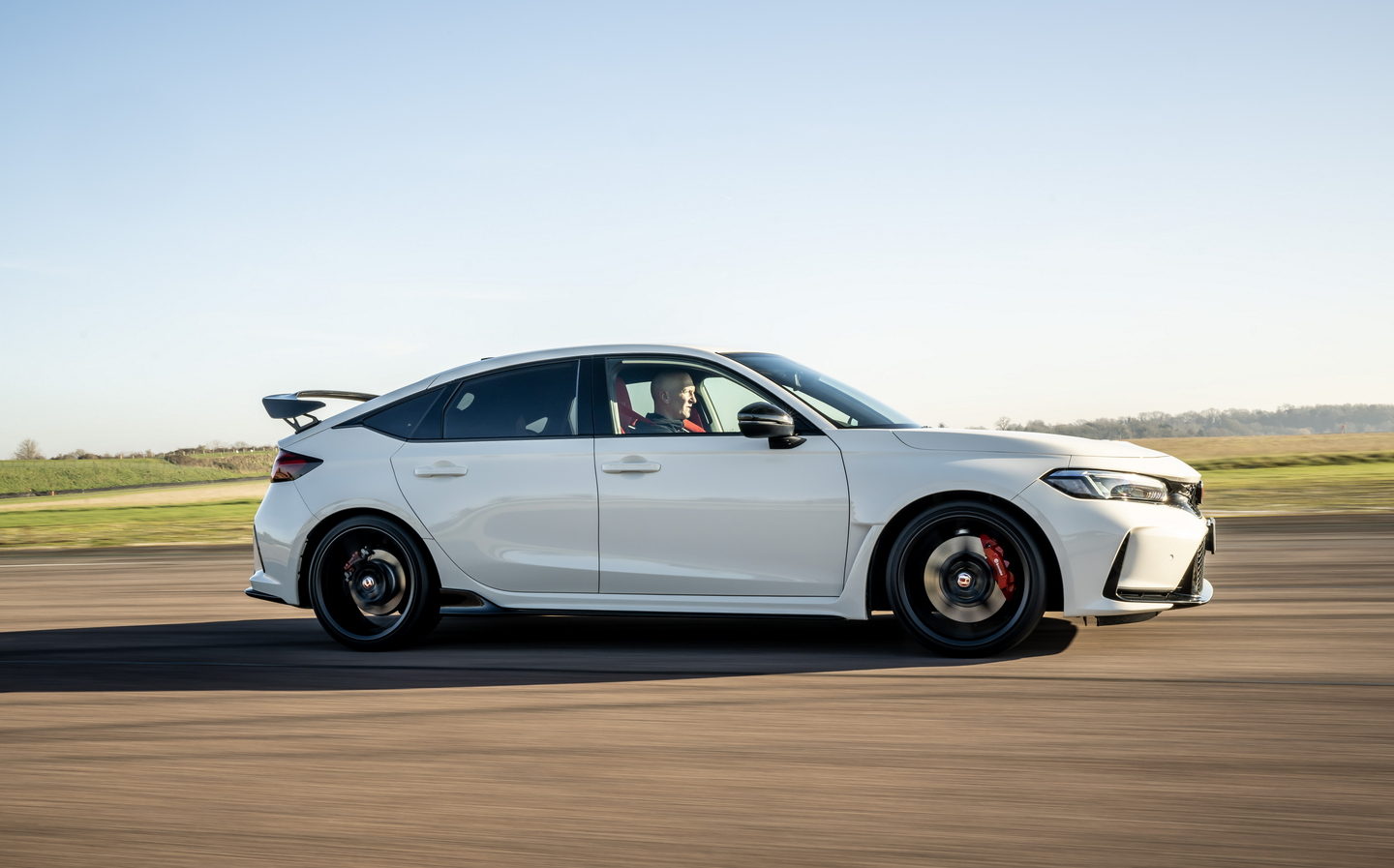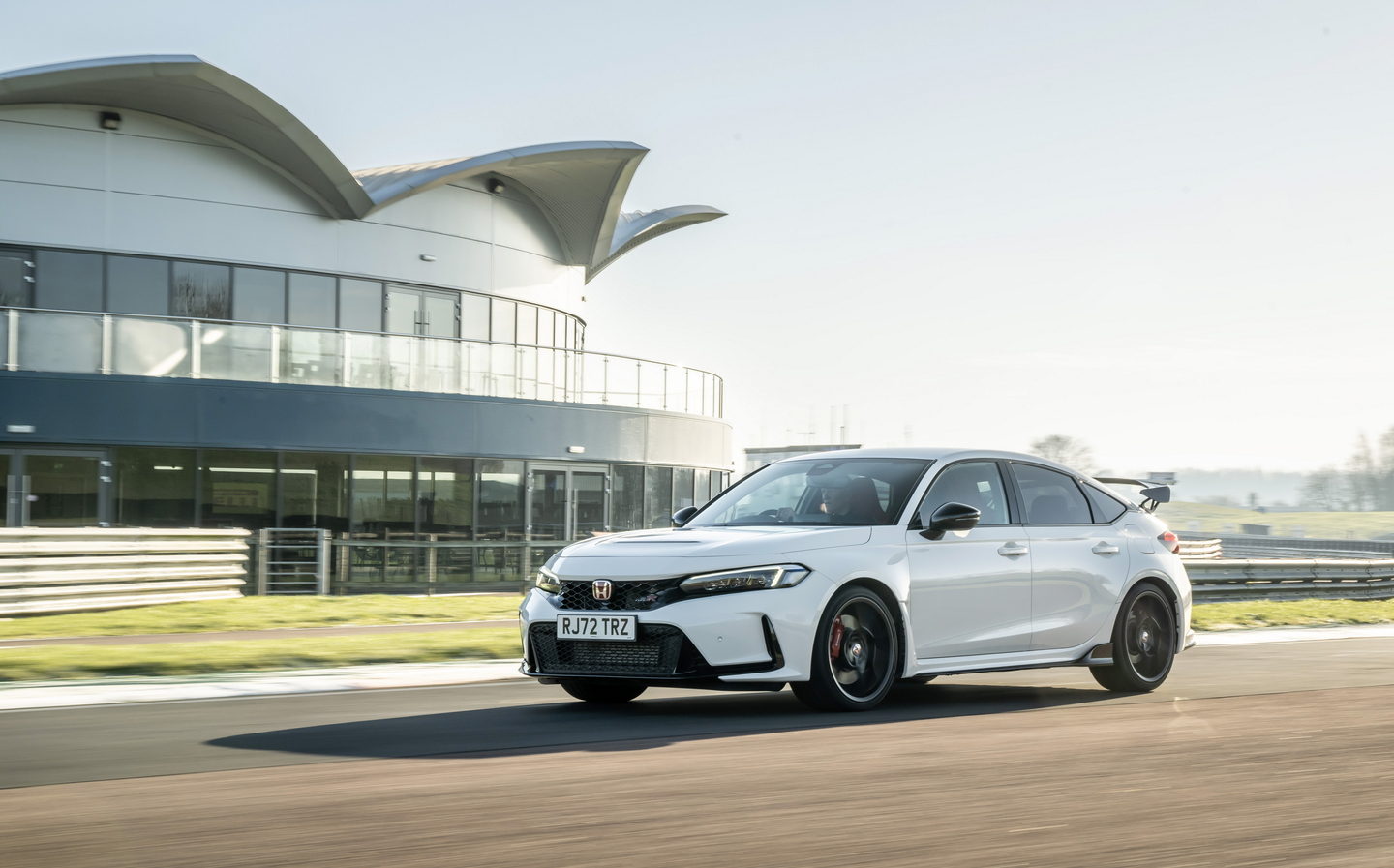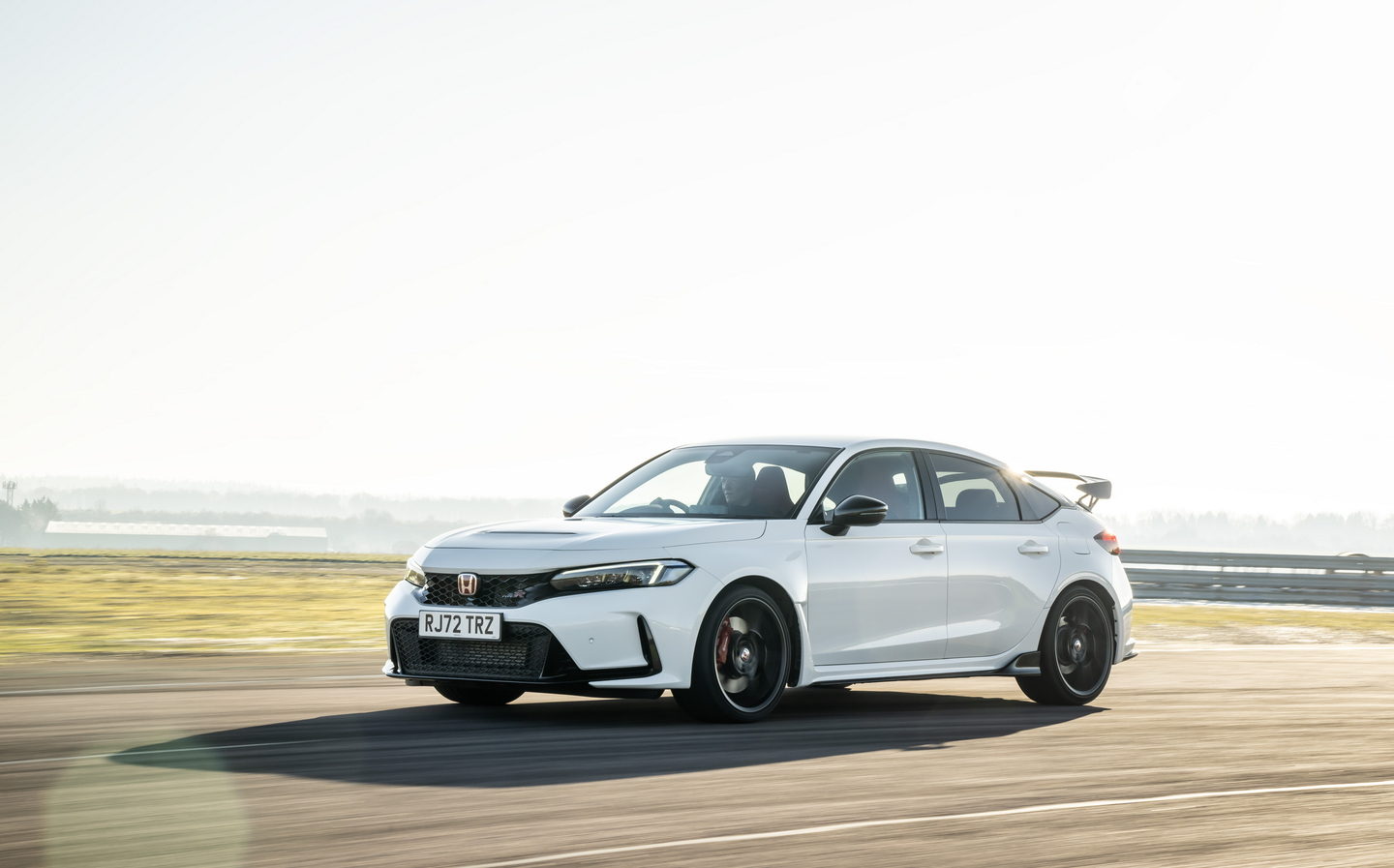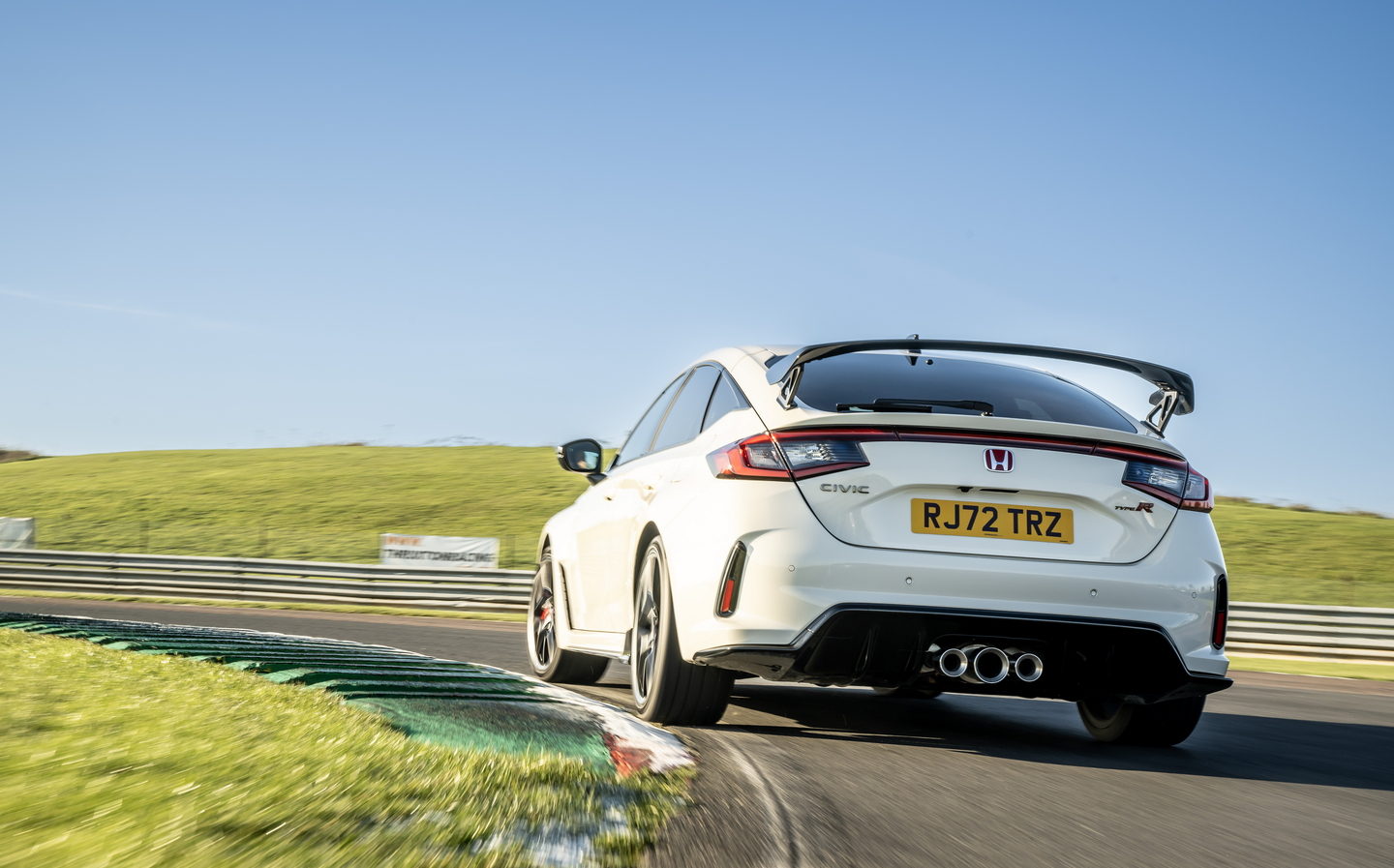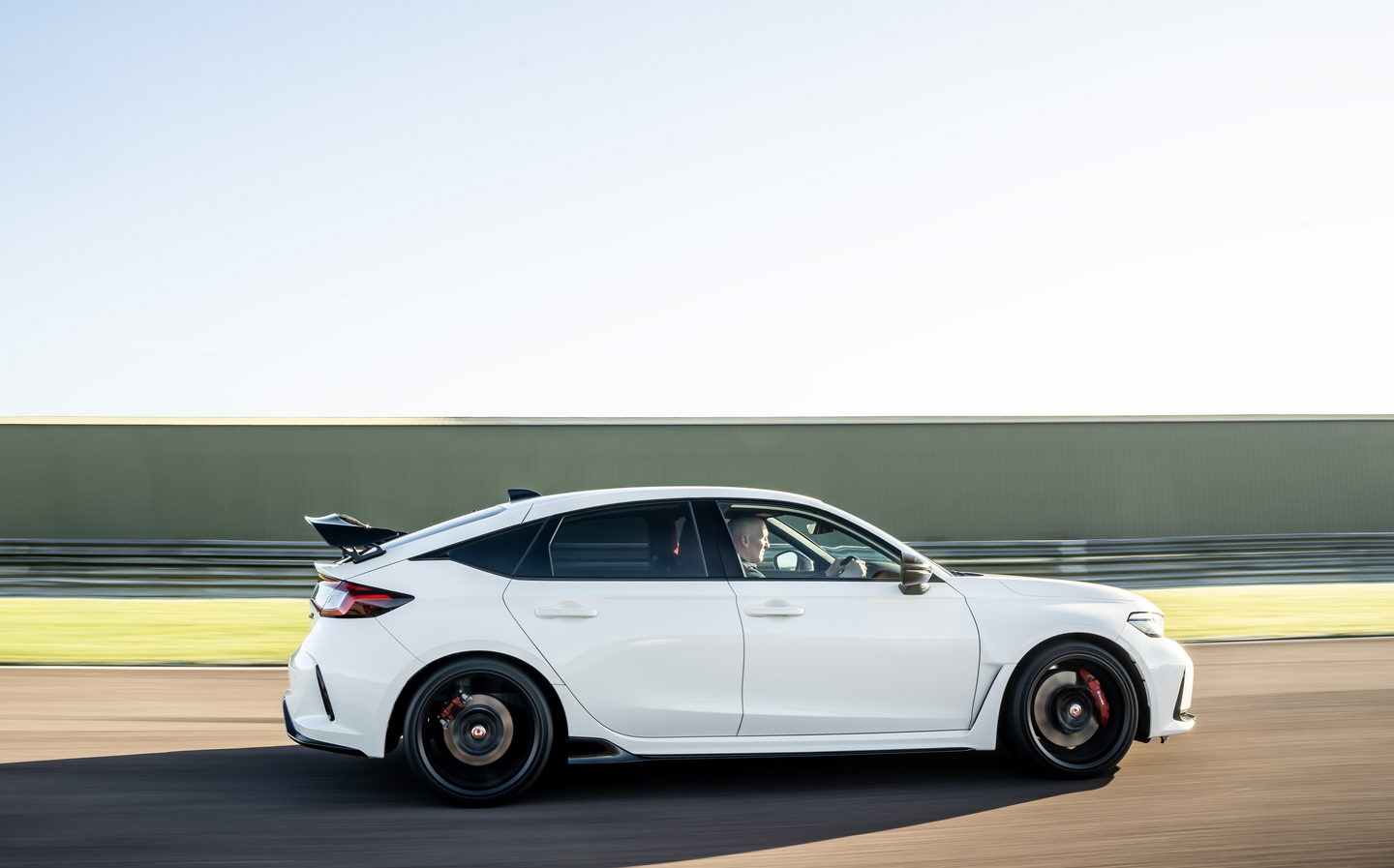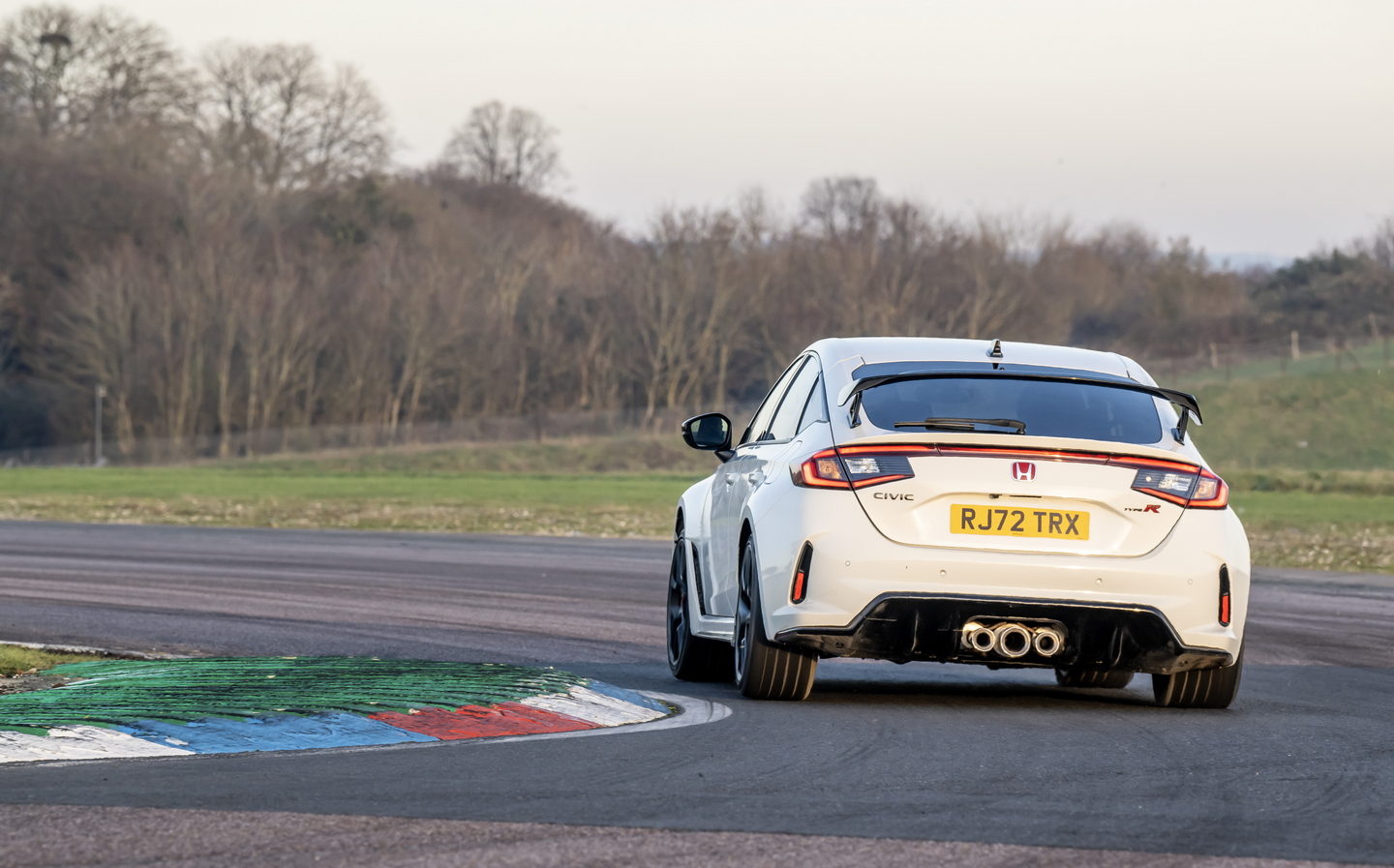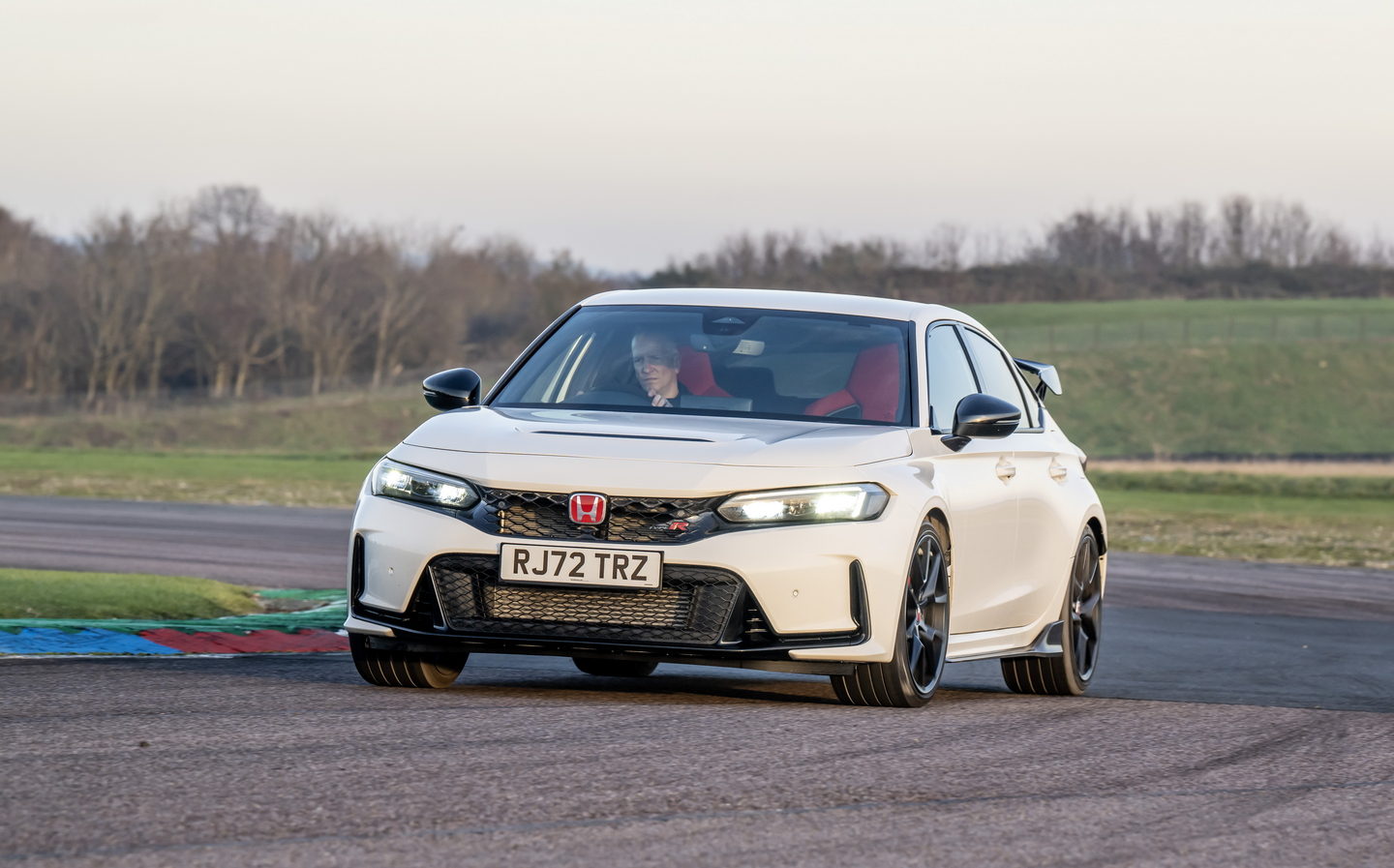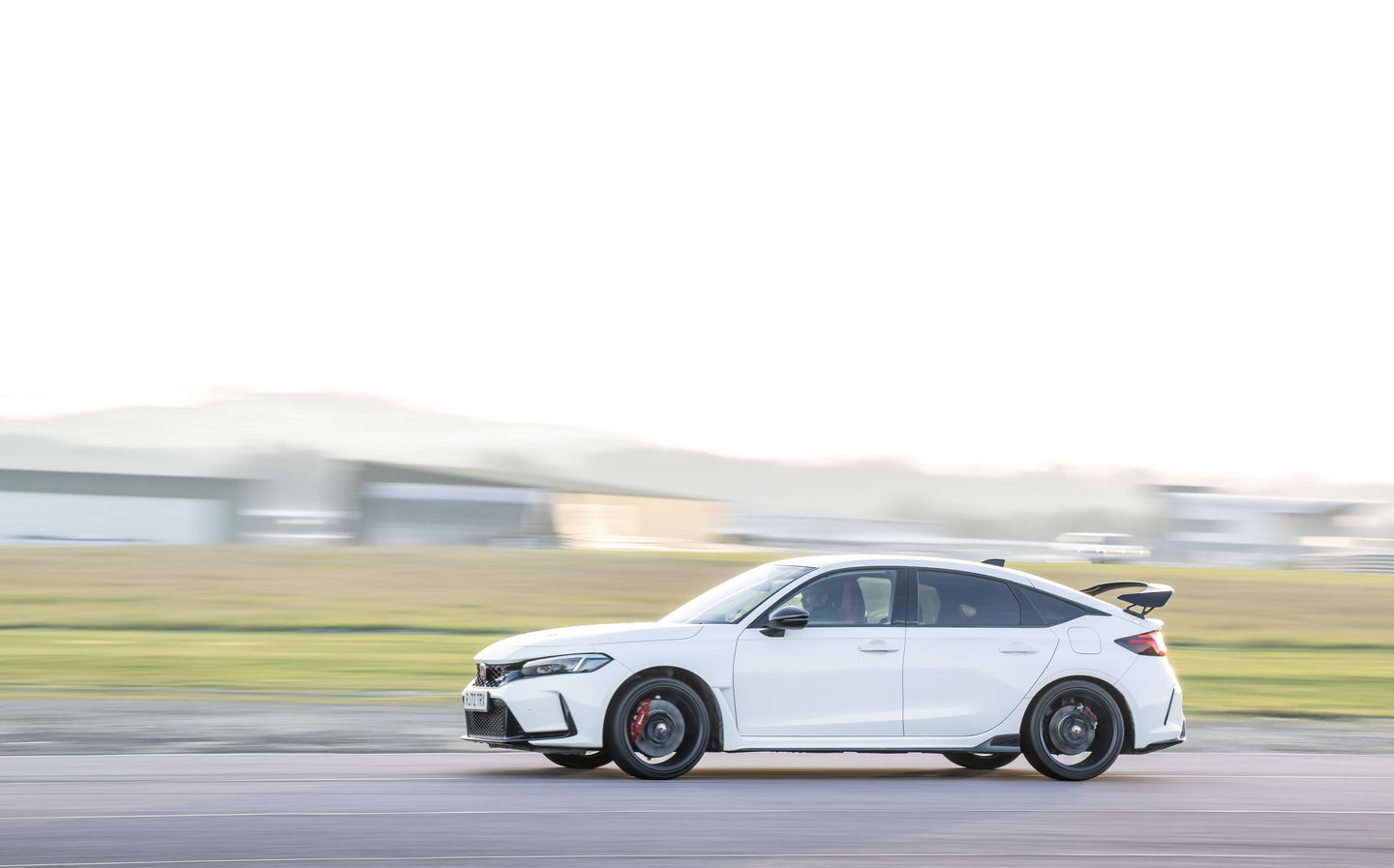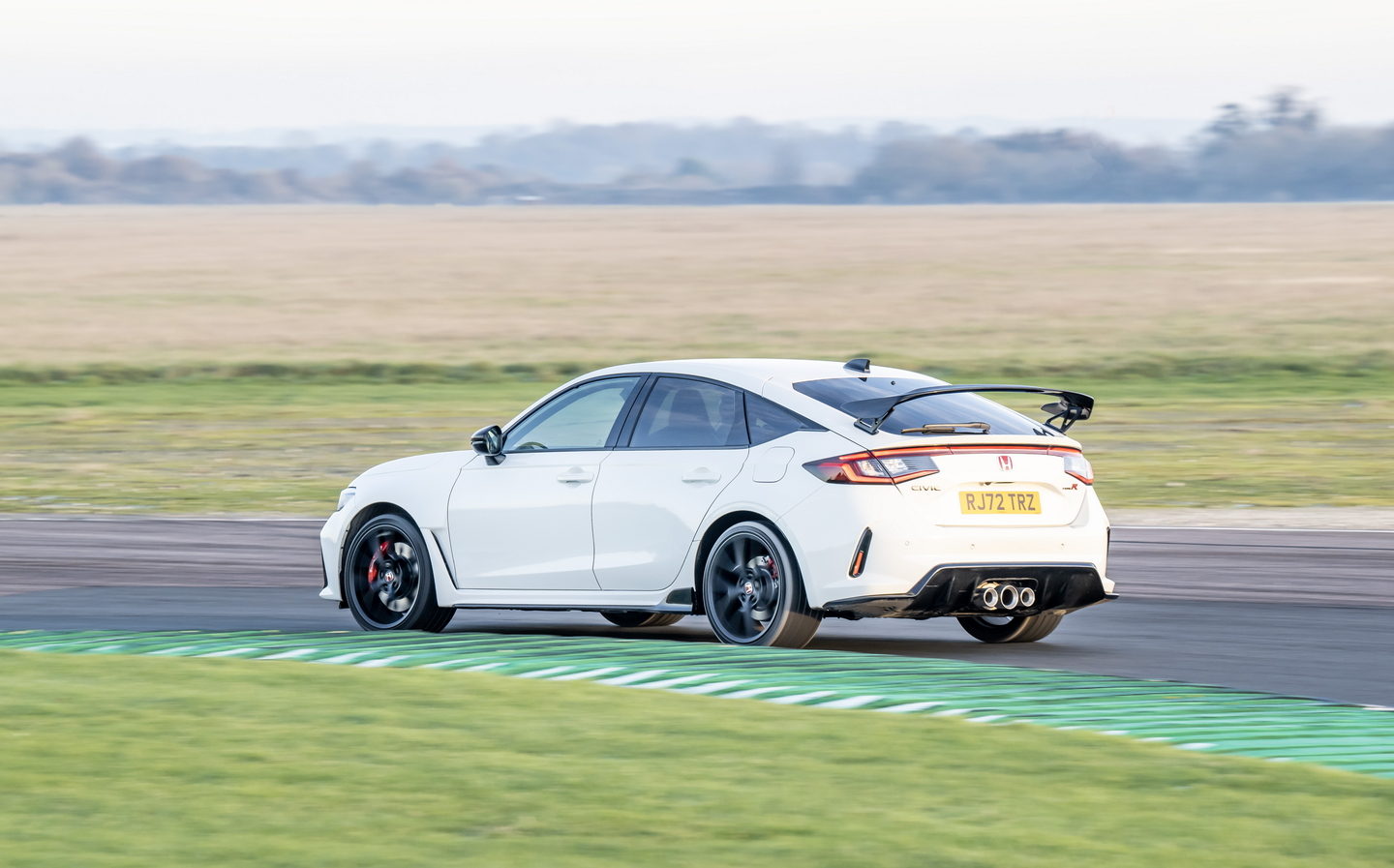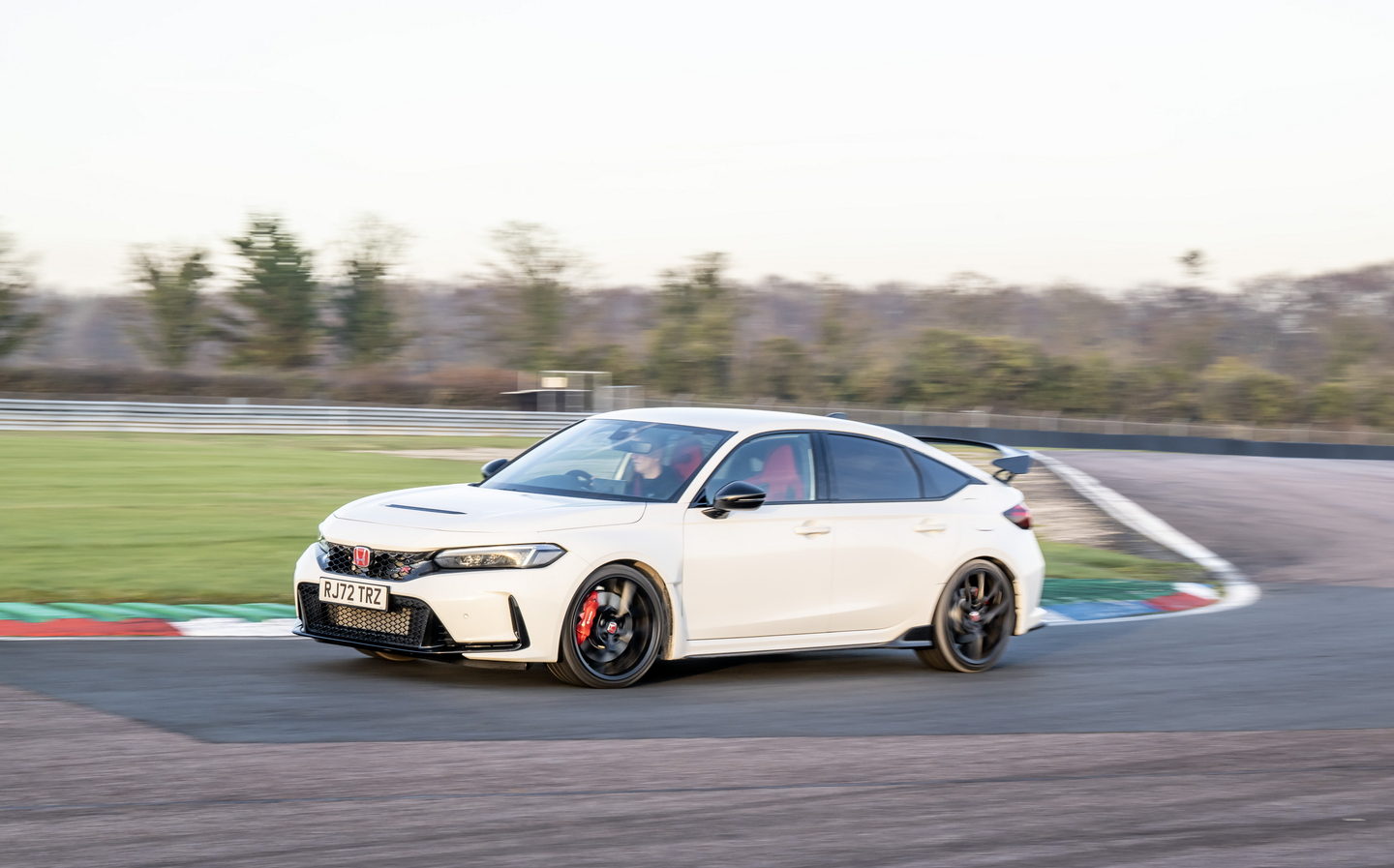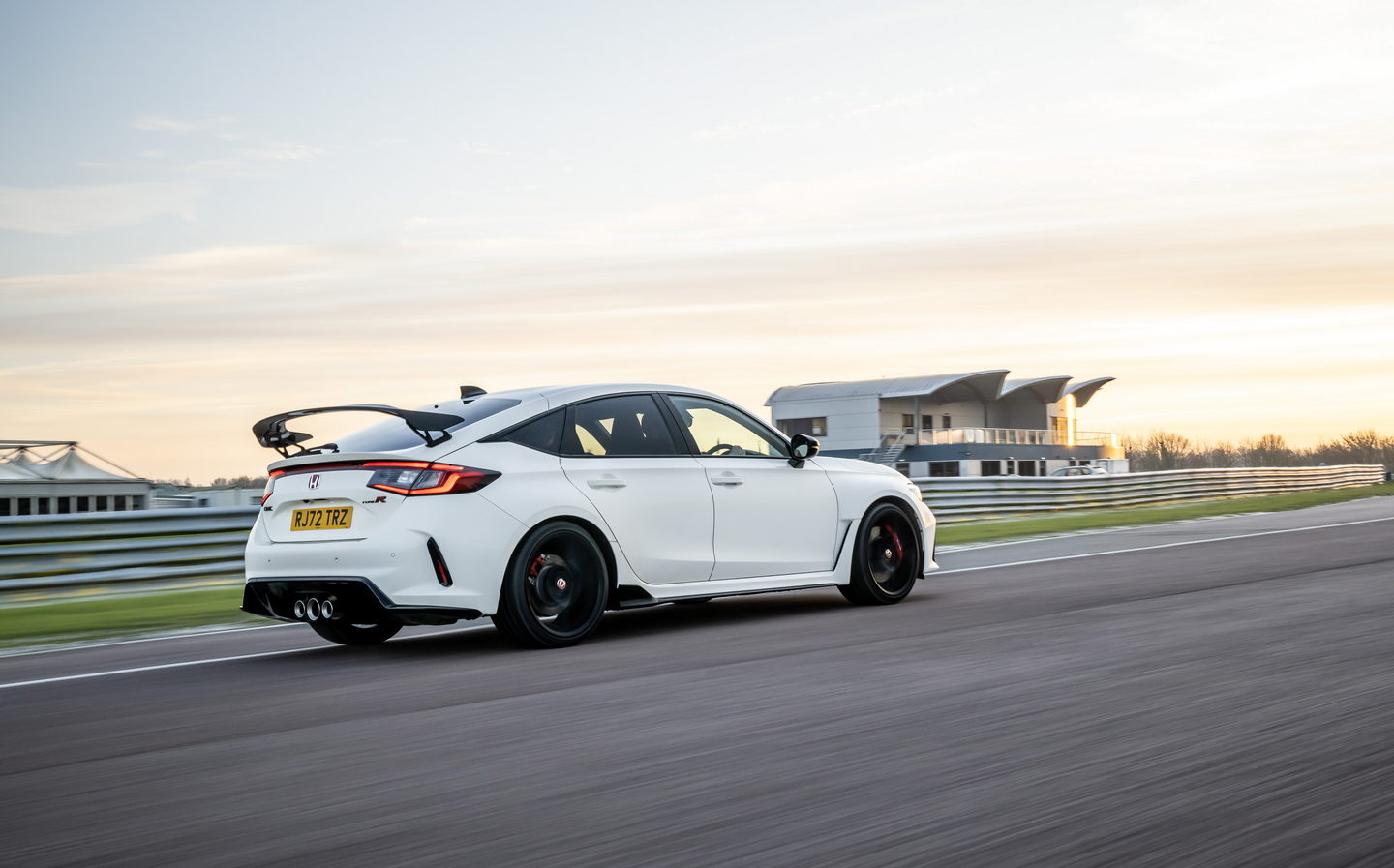Honda Civic Type R 2023 review: The last samurai?
Grab one while you can
Britain has traditionally been the home of the hot hatchback. As a nation, we’ve spent years lusting over go-faster Volkswagens and Fords that mix family car practicality with sports car performance. And one of our all-time favourite hot hatches is the Honda Civic Type R, with thousands of examples finding homes in the UK. But it seems the love affair is coming to an end. Just a handful of Type Rs have been registered in the UK over the last few years – a change Honda has blamed partly on emissions.
But the Type R’s lacklustre sales performance must also be down to changing customer tastes and the age of the product. So now there’s a new model, which takes the same appealing formula as the old car and attempts to refine it further. It may well be the last Civic Type R we see with a petrol engine, but it’s hell bent on going out with a bang. The question is, will it be bang average or, as its target market might say, ‘bang tidy’?
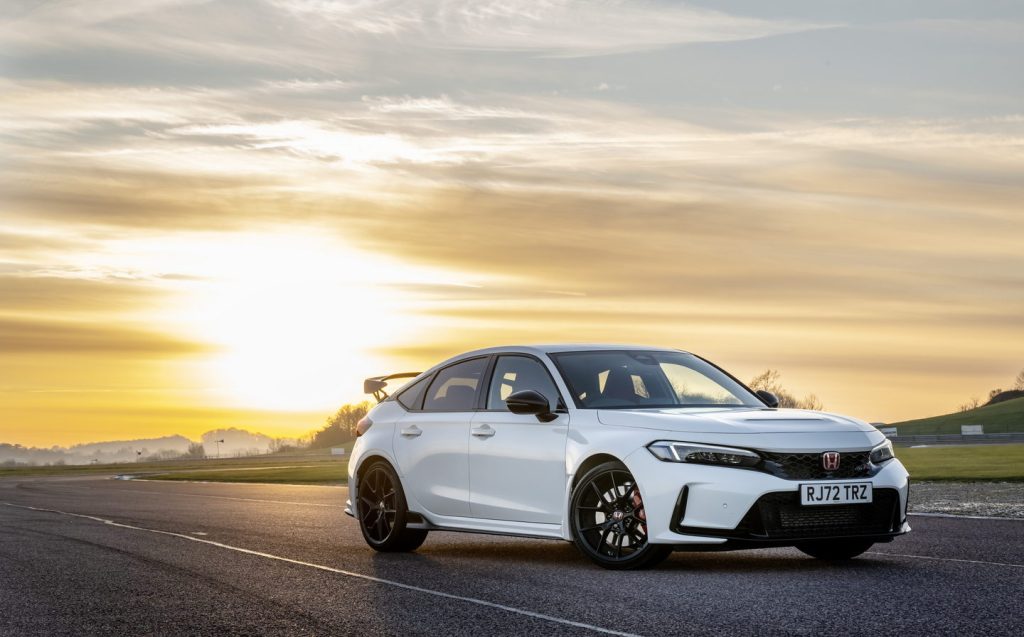
Exterior design and rivals
True to form, the new Honda Civic Type R is based on the standard 2022 Civic available in showrooms nationwide. It has the same basic shape, albeit slightly more dramatic in places, and that’s generally a good thing, because the new Civic is quite the looker. But the Type R deviates from the standard car quite dramatically in some ways, and that’s likely to divide opinion among the car-buying public.
Honda claims that aerodynamics has shaped much of the Type R’s design, and everything from the slot in the bonnet to the shape of the rear bumper is designed to increase downforce.
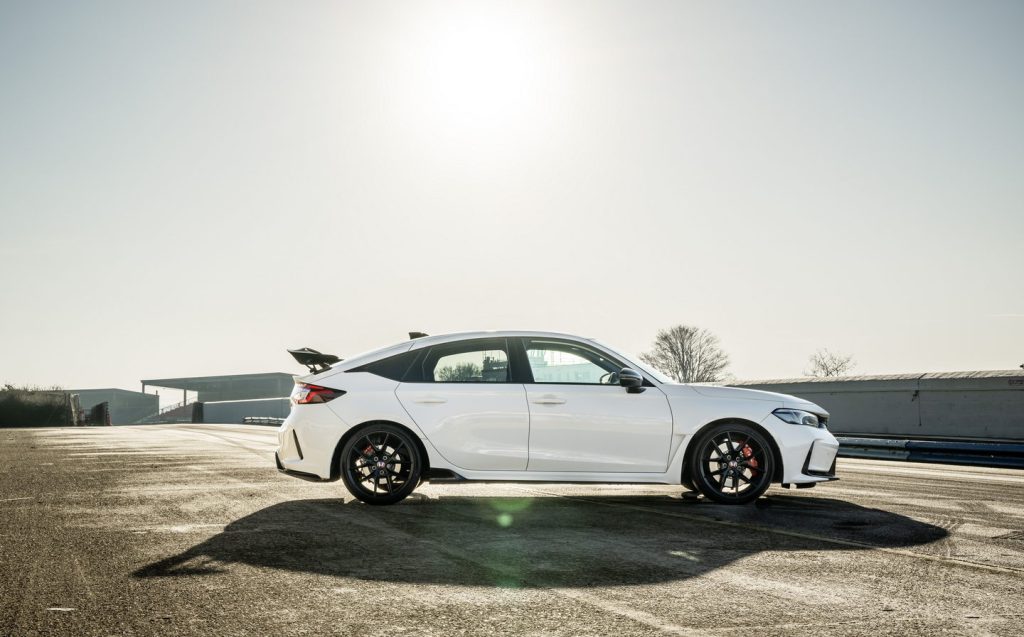
But we suspect visual appeal had equal importance when the new Type R was being designed, and it certainly stands out in a crowd. While mercifully less in-your-face than the previous version, with the three-outlet exhaust, big wheels and red brake callipers, it could hardly be mistaken for a standard Civic.
Nor could it be mistaken for any other hot hatchback currently on the market. The Volkswagen Golf GTI and Golf R models are seen as yardsticks, but they look subtle in comparison, and while the Hyundai i30N and Cupra Leon are quite handsome, they don’t have anything like the drama of the Civic. Perhaps only the Mercedes-AMG A 45 S can get close, but even that looks a bit half-hearted next to the Type R. Of course, some might prefer a more restrained look, but others will love the outlandish image.
Interior and practicality
One of the best things about the new Civic is its much more upmarket interior, which uses better quality materials than those of the old car. Happily that improvement has been carried over to the Type R, which builds on the more competitive basic cabin with some trademark upgrades.
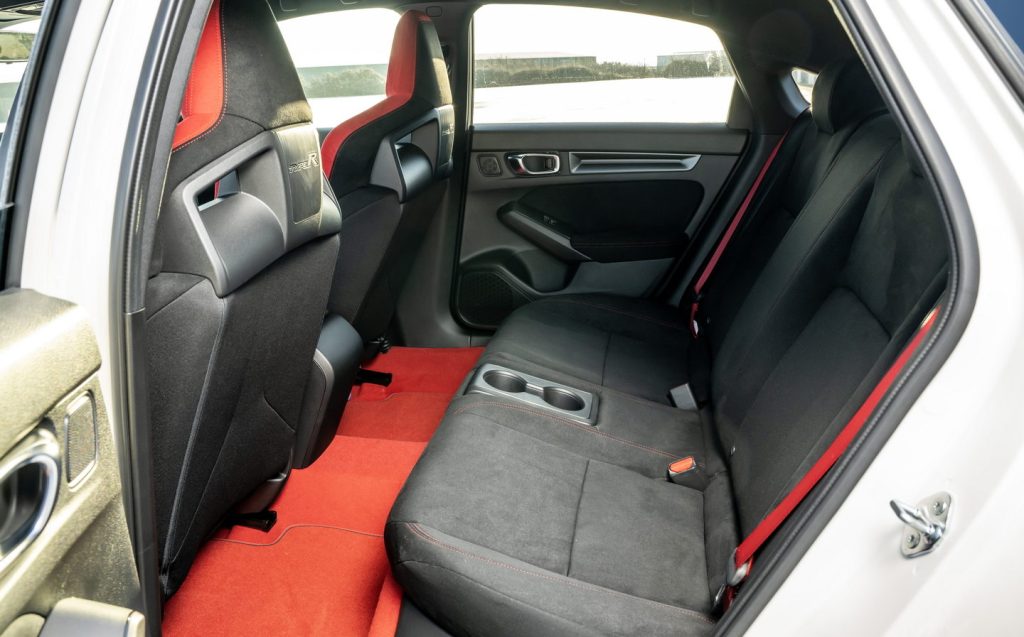
Chief among these changes is the introduction of bright red, Alcantara-trimmed bucket seats that look striking and are great for holding you in place on a race track — if slightly too firm for long journeys.
Other changes include the introduction of metal pedals and a brushed metal gear knob, while the red upholstery is mirrored by the bright red carpets. There’s also a prominent ‘serial plate’ with the car’s build number on the dashboard, as befits the Type R tradition. It may not sound like much, but it helps to make the Type R feel sportier and more special than its siblings.
Among the few downsides of the new Civic platform, however, is the slight reduction in practicality. Because the standard Civic is now a hybrid, it has a slightly smaller boot than its predecessor, and that reduction has been carried over to the distinctly un-hybrid Type R. Admittedly, the reduction in volume is a barely noticeable 10 litres, and a 410-litre boot still looks good alongside the Golf Rs of this world, but the gap has narrowed.
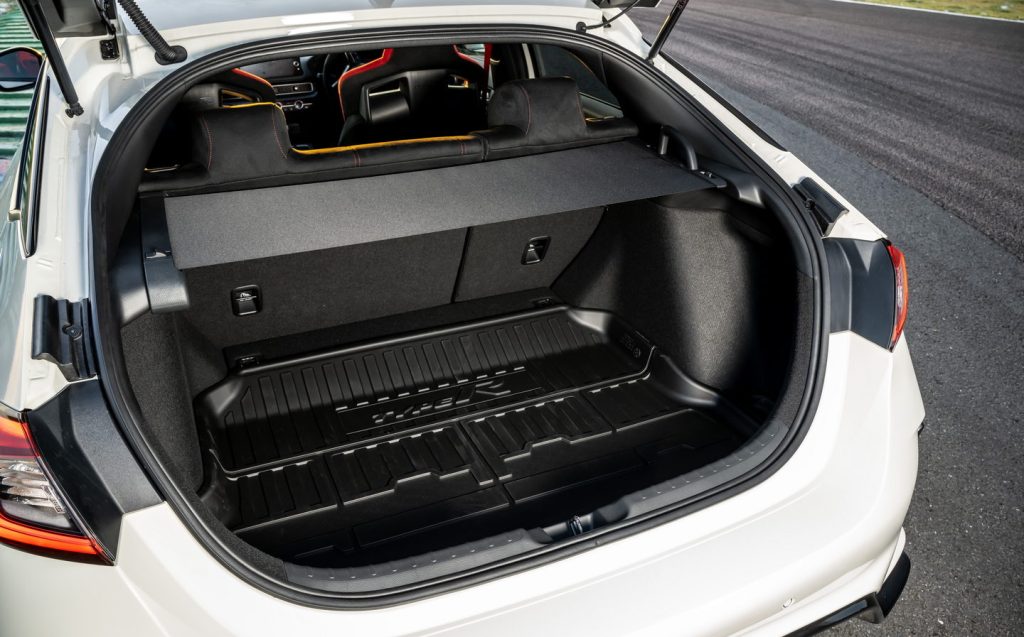
Fortunately, the new Type R is practical in other ways, with plenty of space in the back for two adults to sit reasonably comfortably, and better visibility than before. Despite the driver sitting 8mm lower than in a standard Civic and the presence of the massive rear wing across the back, the new car is very slightly easier to see out of than its predecessor.
Technology and safety
As well as inheriting the more upmarket interior of the new Civic, the new Type R gets the same tech features of the more conventional family car, which is something of a mixed blessing. For example, you get the same touchscreen infotainment system, which is still imperfect but shows an improvement on what went before, and a new digital instrument cluster, to which much the same statement applies.
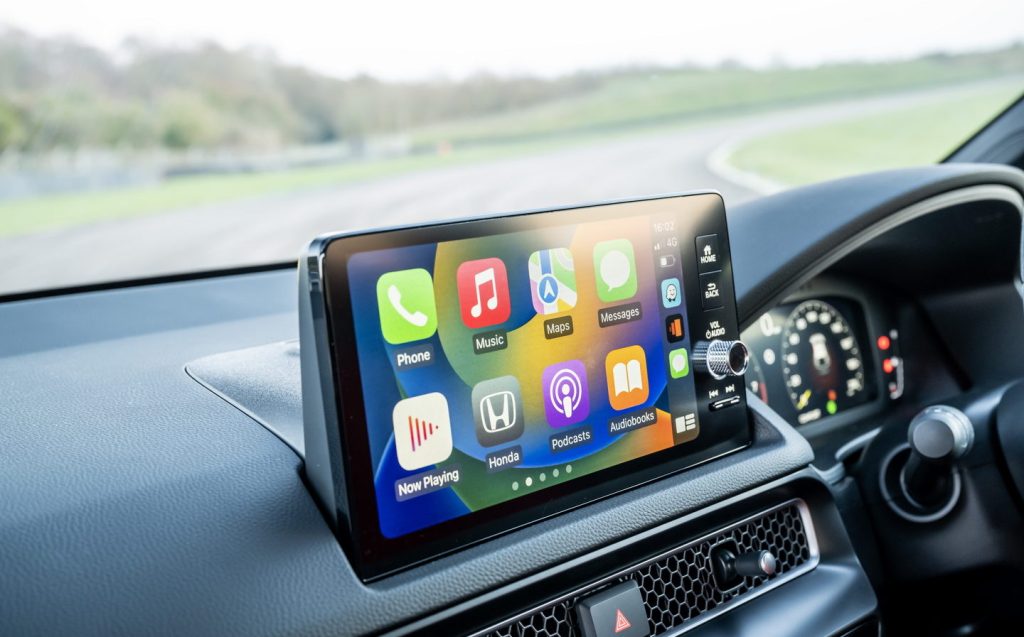
The result is a car that’s much more user-friendly than before, albeit still less technologically appealing than some of its rivals. The touchscreen is a bit sluggish at times, and the digital instrument display feels a bit like the head-up display in a video game from the early 2000s, but it all works and it comes with plenty of features. Not only do you get navigation, a reversing camera and the Apple CarPlay and Android Auto smartphone integration tech, but you get several Type R-specific goodies too.
These include a telemetry logging system designed to help drivers track their lap times on race circuits, and there’s a G-meter as well. The system will even show the driver 12 separate items of vehicle information, ranging from coolant temperature to steering angle, allowing the car to show the driver their inputs and how the vehicle reacted. The idea is to help the driver get faster on track, showing them where improvements can be made.
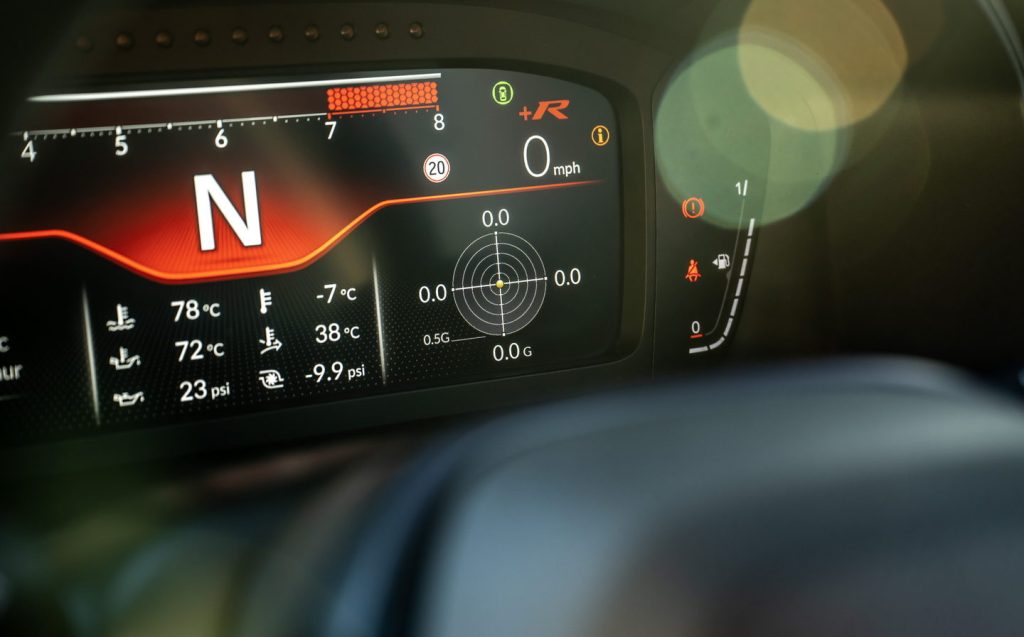
But the fun stuff is only part of the story. The Type R also comes with pretty much all the safety systems fitted to the standard Civic, up to and including lane departure warning and autonomous emergency braking. Cruise control is standard, too, along with automatic headlight technology that can dip the main beams when it detects another car, helping to avoid dazzle.
In fact, the only safety tech that’s fitted to the standard Civic and not the Type R is the traffic jam assistance tech that relies on an automatic transmission.
Performance, power output and acceleration
As with the old Type R — and, to a point, the new Civic — the new Type R’s power comes from a 2-litre turbocharged petrol engine. Honda has resisted the urge to go hybrid, as it has done to such good effect in the basic Civic, and instead chose to stick with the old-school VTEC petrol engine and a redesigned turbocharger. Various other upgrades have been made, too, including a more free-flowing exhaust and a better intake system, all with the aim of increasing power.
It’s a goal that has been achieved, with the new Type R producing a healthy 325bhp and 310lb ft of torque, all of which is sent to the front wheels via a six-speed manual gearbox. In a world of all-wheel-drive rivals that use faster paddle-shift gearboxes, that’s a pretty bold move, but it’s one that should play well with enthusiasts, who will appreciate the loyalty to the old (and more involving) way of doing things.

And that way of doing things hasn’t harmed the Type R’s performance too much. With a 0-62mph time of 5.4 seconds it’s still faster than a Ford Focus ST or a VW Golf GTI, and it’s only just over half a second slower than a Golf R, which has the help of all-wheel drive and a twin-clutch automatic gearbox. Add in a top speed of 171mph, and the Type R is plenty quick enough for most drivers’ needs.
Sadly, it isn’t especially efficient – Honda quotes an official economy figure of 34.4mpg — but that won’t worry customers too much. Similarly, the 186g/km emissions rating is unlikely to turn would-be buyers off, given few customers are likely to choose the Type R as a company car.
But what might put some off is the lack of character from the Type R’s engine. While it’s sometimes difficult to make four-cylinder engines sound special, and Honda has refrained from using cheap gimmicks, the Type R sounds a little too subdued at times. Yes, it’s great being refined on the motorway, but we’d like a little more shock and awe when the more aggressive +R driving mode is selected.
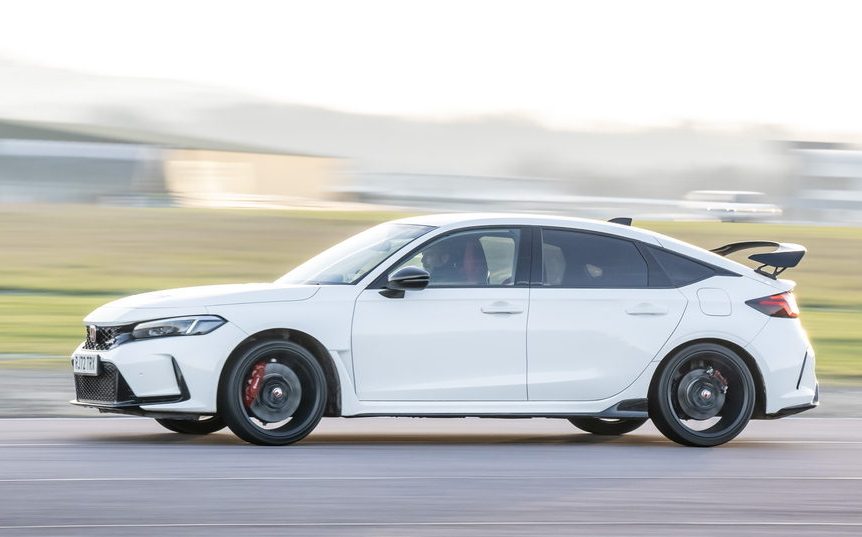
Ride and handling
The conventional Civic is much better to drive than its predecessor, and the new Type R has only improved on those strong foundations. The Type R has inherited a longer wheelbase than its predecessor and new rear suspension, which Honda has paired with a wider rear track in a bid to improve cornering stability. The steering has also been tweaked, and the underpinnings are stiffer, while there’s revised front suspension, too, along with some specially developed Michelin tyres to help put the extra power down and to help the car cling on in the bends.
The effects are marked. The new Type R may be cut from much the same cloth as its predecessor but it feels lighter on its feet. The tyres cling on for far longer than you expect, even in the wet, while the impressive body control and sharp steering inspire plenty of confidence in the car’s capabilities. The same goes for the brakes, which feel powerful and positive, while the electronic aids manage to keep you out of trouble without ever feeling too intrusive.
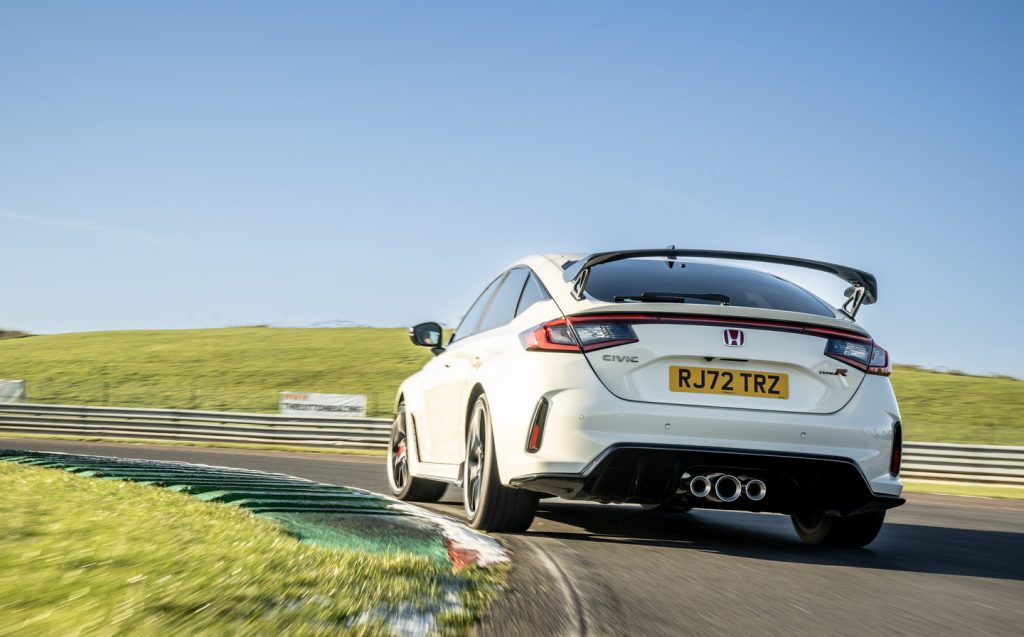
A particular highlight is the gearbox, which has been developed specifically to feel slicker and more intuitive than before. Whatever Honda has done, it has worked a treat, and the inclusion of rev-matching technology helps to flatter the driver by permitting smooth up- and down-shifts both more quickly and more consistently.
But the real star of the show has nothing to do with cornering speeds or driver involvement, and everything to do with everyday usability. Because Honda has given the new Type R three driving modes – Comfort, Sport and +R – it has given the car greater breadth of capability, allowing it to become more comfortable and more refined around town or on the motorway without sacrificing dynamic talent or driver involvement. Admittedly, it isn’t comfortable in the way a Citroen SUV or a Rolls-Royce saloon might be, but it’s quite supple for such a focused hot hatchback.
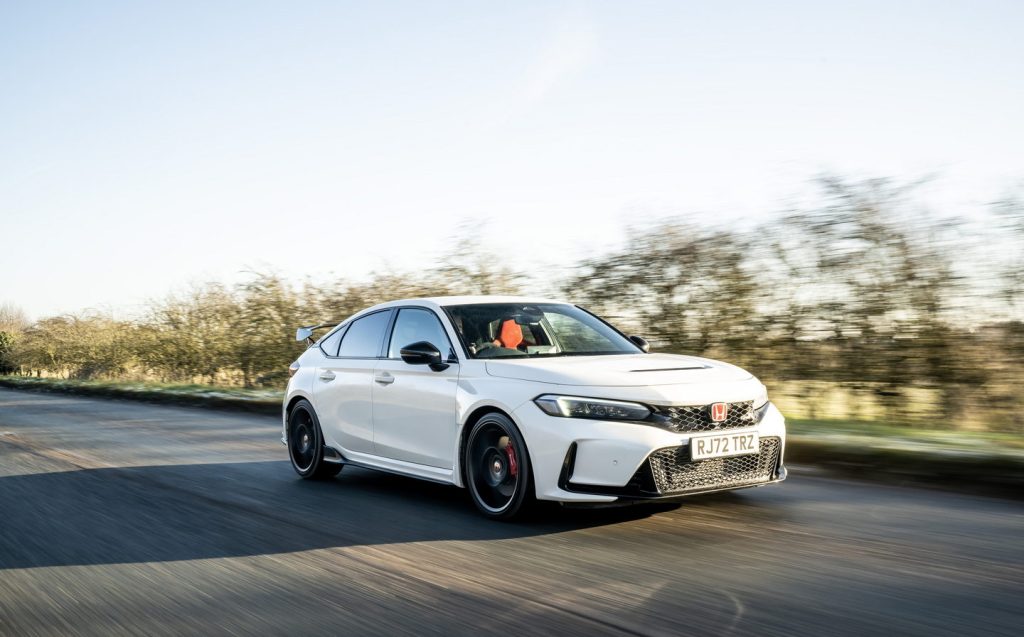
Of course, if you switch to Sport or +R mode, you get a bit less forgiveness from the suspension, but in the Comfort setting the damping is no longer the limiting factor for those on long journeys. Instead, it’ll be a question of how long your buttocks can stand those bucket seats and how long your eardrums will cope with the plentiful road noise, which is possibly a result of the massive tyres and the sorry state of this country’s road network.
Pricing and on-sale date
The new Civic Type R is available to order now with prices starting at £46,995. That’s a lot of money – around £4,000 more than a similarly powerful, but considerably less bonkers VW Golf R – but you get plenty of kit.
There’s no faffing about with trim levels; the standard car just comes with pretty much everything you need, and you can add a few optional goodies if you so wish. That means navigation, a digital instrument cluster and the outrageous body kit are all standard, as is a rear-view camera, adaptive cruise control and parking sensors at the front and rear. The only thing really missing is heated seats, which would be a useful feature.
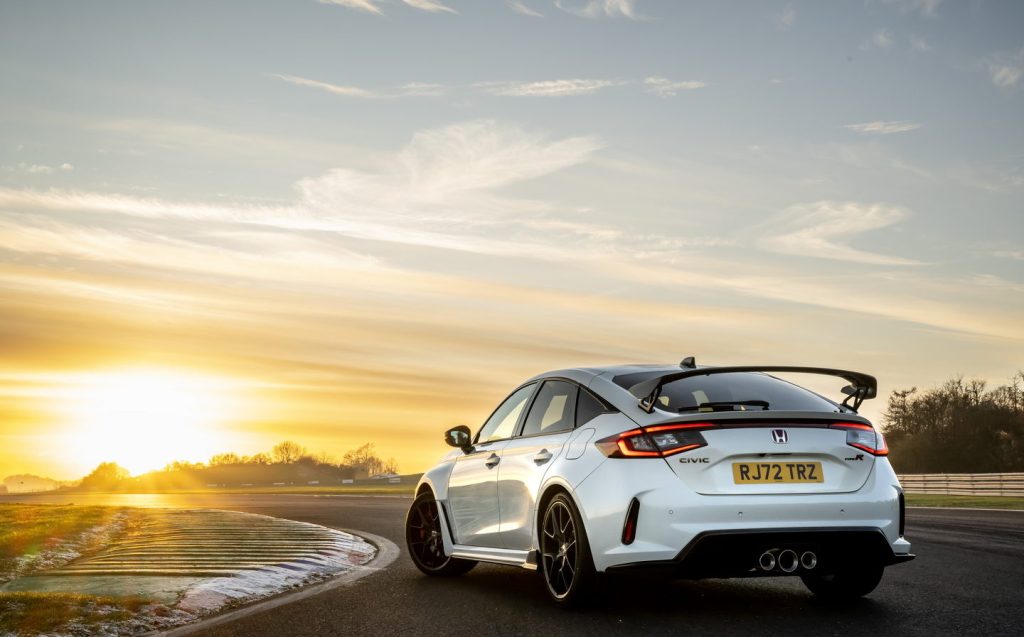
Verdict: Honda Civic Type R review
The new Civic Type R is cut from the same cloth as its predecessor, but with incremental improvements in some areas. In terms of driving experience, the difference isn’t that great, but the new car certainly feels more upmarket inside, and we think it’s slightly easier on the eye.
The only real catch is the price, which is punchy to say the least, but it’s a very usable car that’s brilliant on track and still capable of fulfilling its family hatchback duties. Admittedly, the same is true of the much cheaper VW Golf R, but we’d have the more interesting Civic Type R every time.
If this is to be the last Civic Type R, we’re glad it’s a good one.
Related articles
- After reading our review of the new Honda Civic Type R, you may want to revisit our guide to the best hot hatchbacks on the market
- And if you like hot hatches, check out this video review of 2018 Ford Fiesta ST
- Also check out what Clarkson said about the previous Golf GTI Clubsport
Latest articles
- Omoda 5 prototype review: Bargain family SUV is solid first effort for new Chinese brand
- Dacia Duster 2024 review: Rugged, affordable SUV modernised with electrification and quite the glow up
- Audi A3 Sportback 2024 review: Softly, softly, catchy premium hatchback buyer
- New electric-only Mini Aceman fills gap between Mini Cooper hatch and Countryman SUV
- Tesla driver arrested on homicide charges after killing motorcyclist while using Autopilot
- Porsche Macan 2024 review: Sporty compact SUV goes electric, but is it still the class leader for handling?
- F1 2024 calendar and race reports: What time the next grand prix starts and what happened in the previous rounds
- Aston Martin DBX SUV gets the interior — and touchscreen — it always deserved
- Nissan unveils bold look for updated Qashqai, still made in UK


